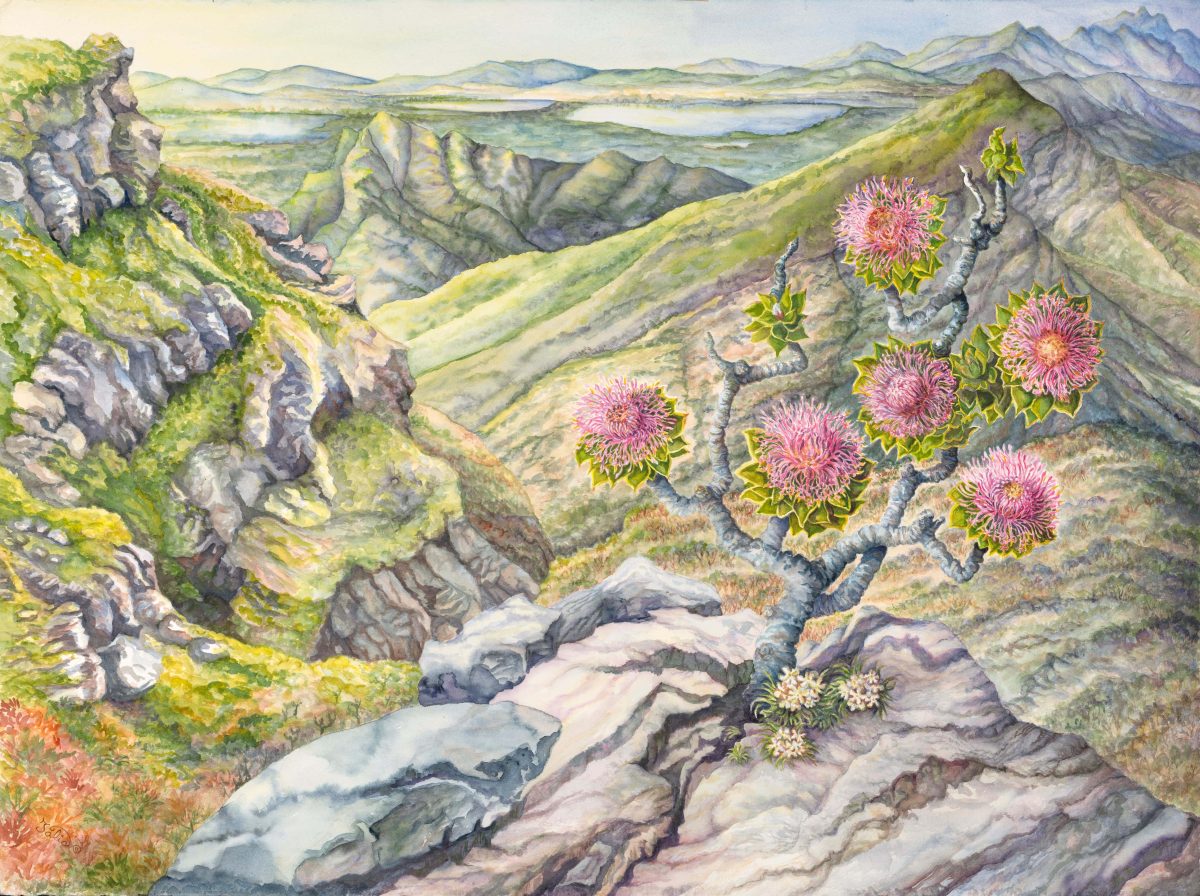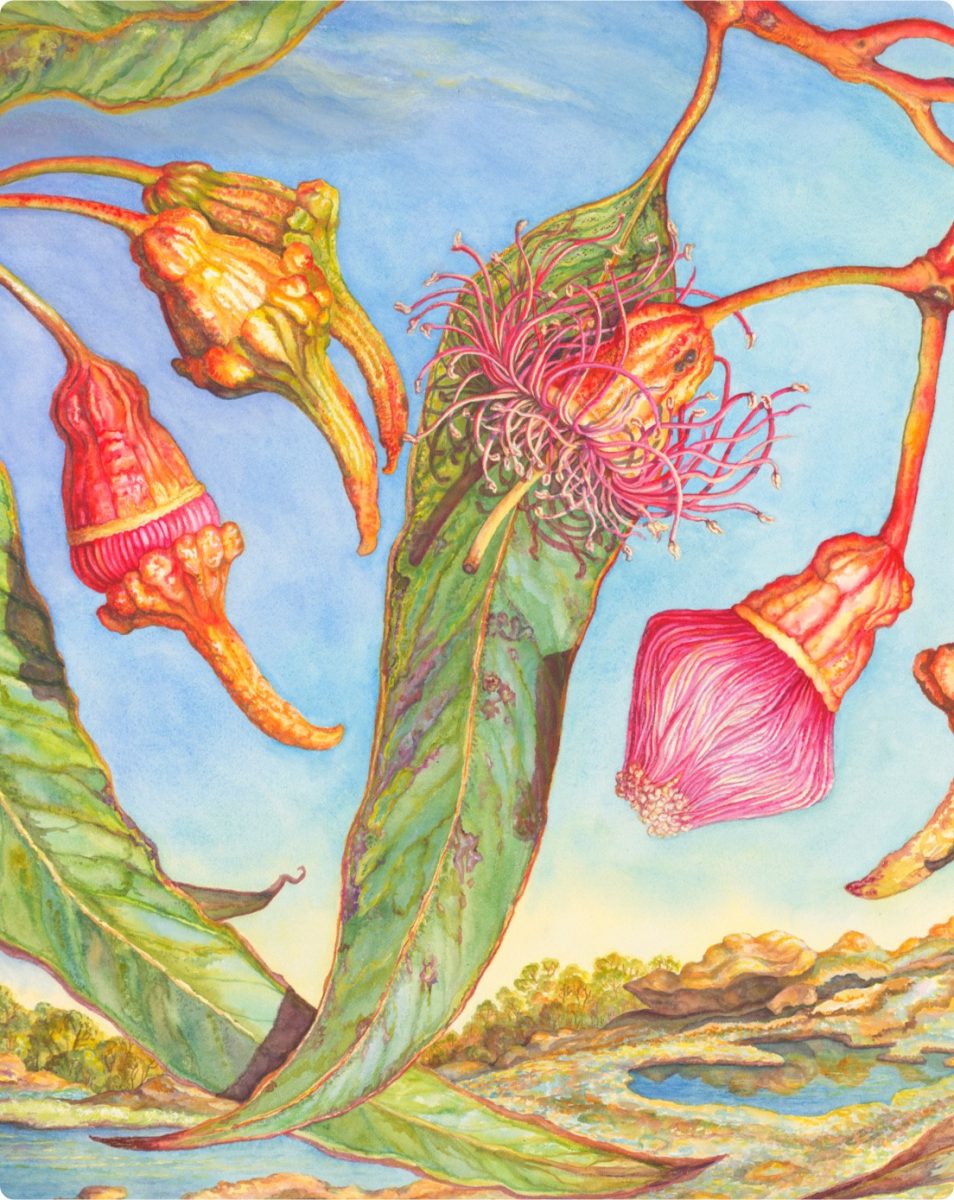Commencing some 4 billion years ago, the journey of our plants through time has been organized into 33 sections from earliest in the fossil record to most recent.
Browse sections
-
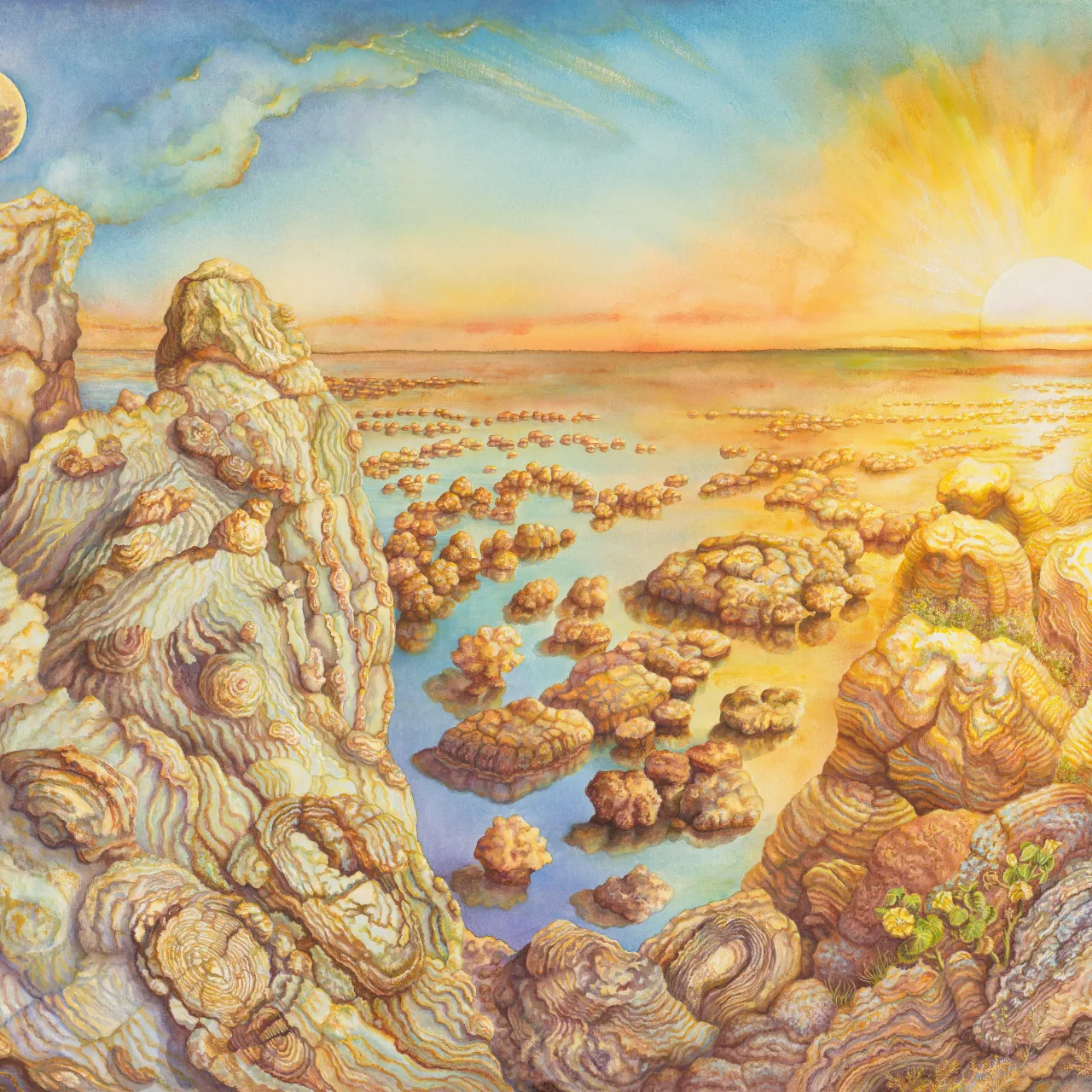
Section 01
-
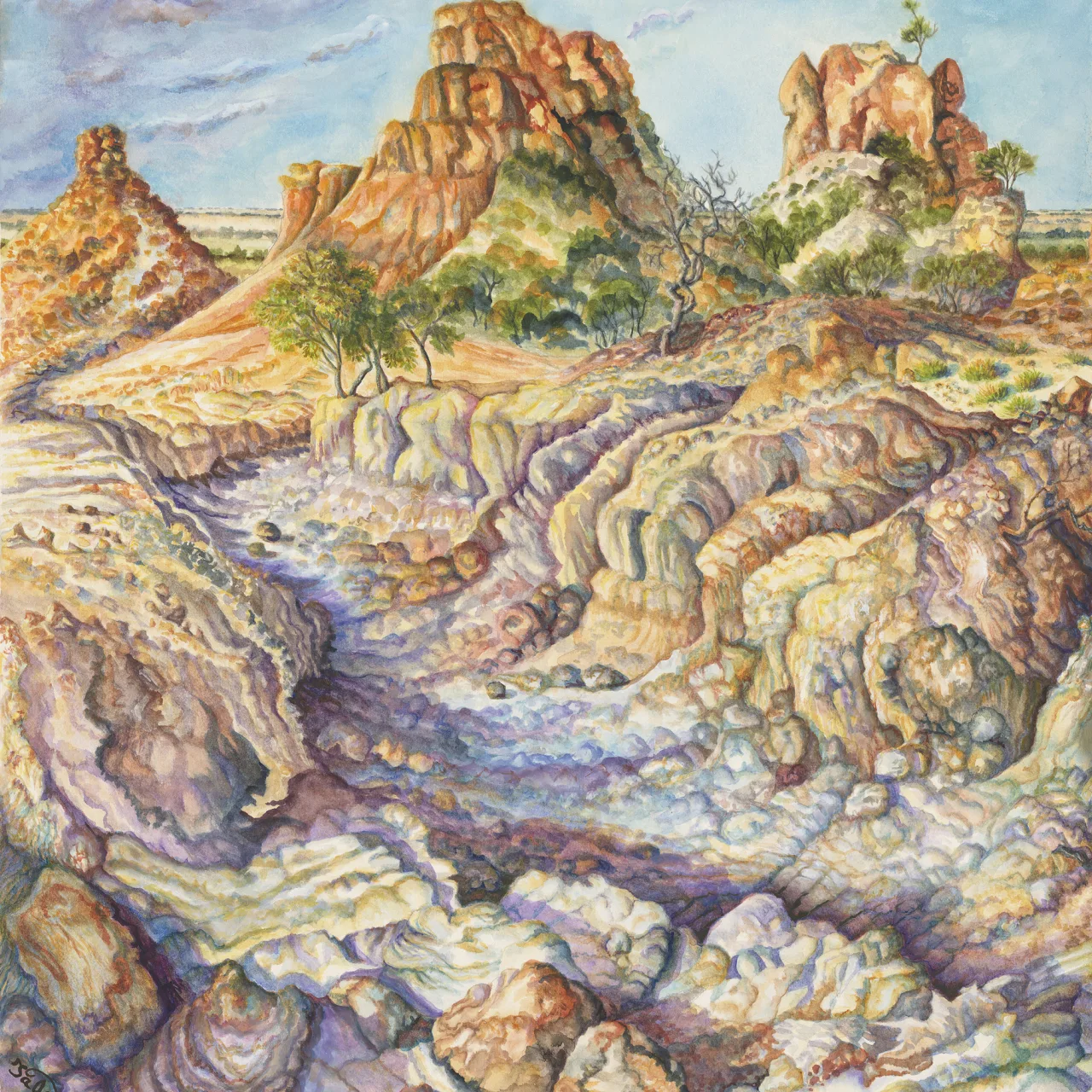
Section 01
-
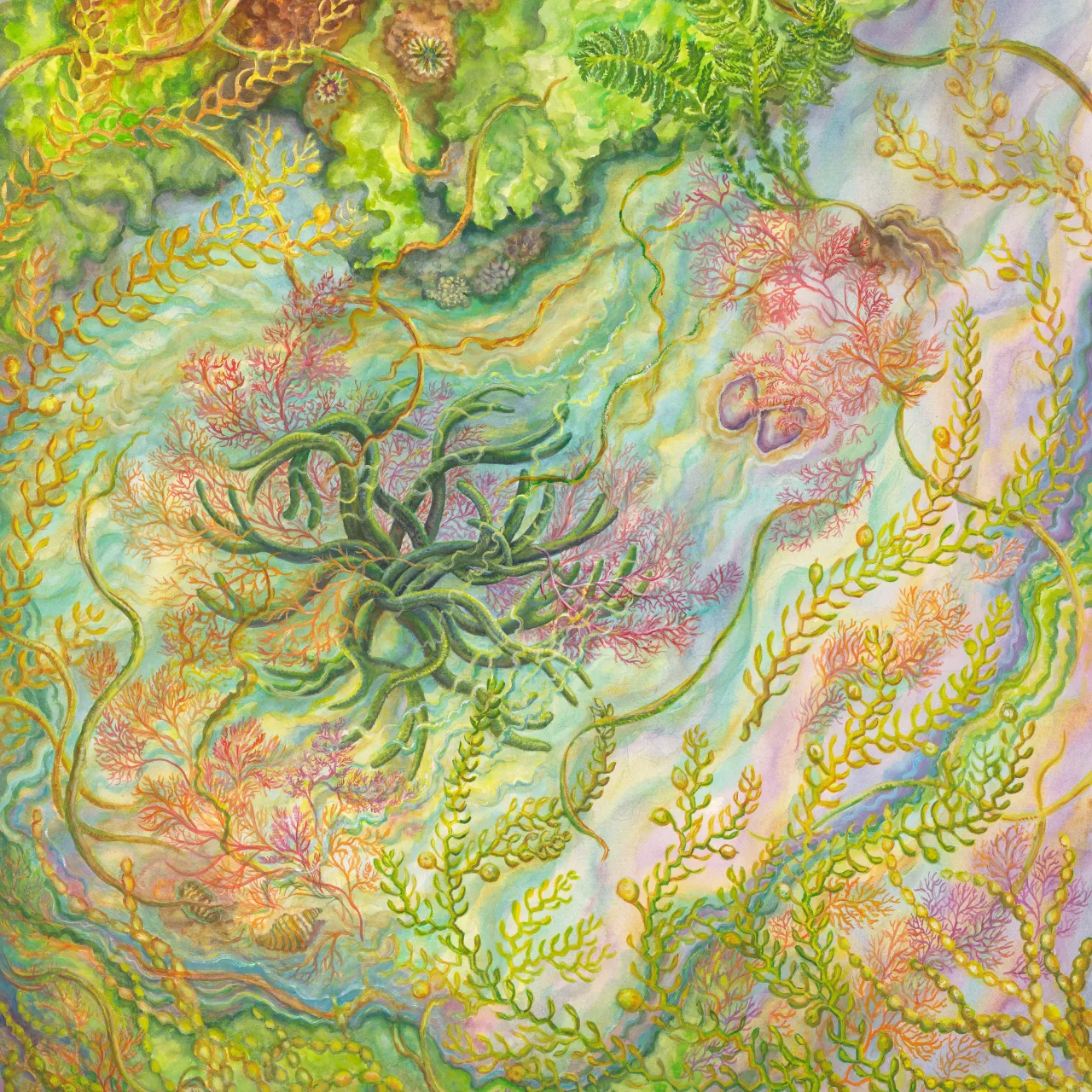
Section 02
-
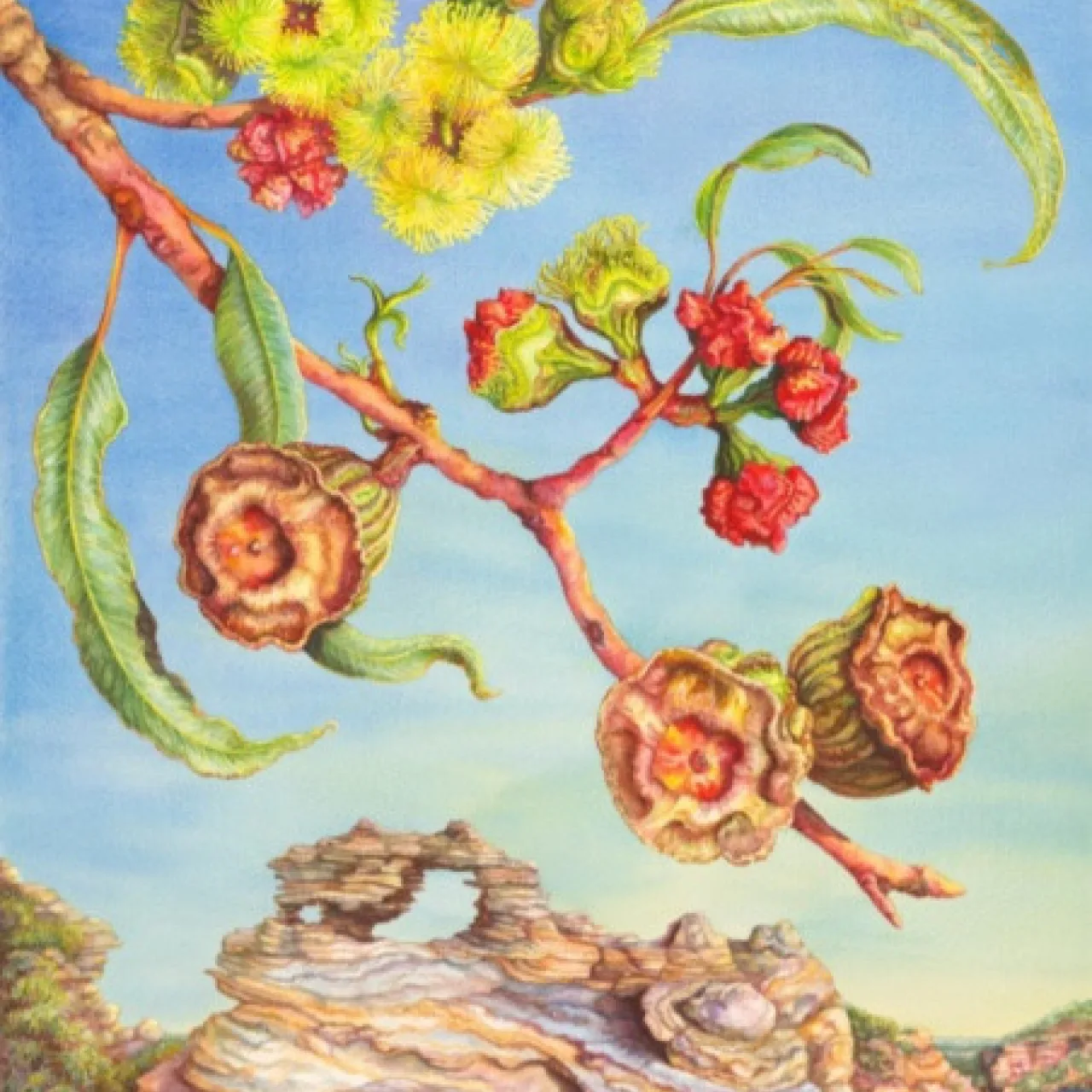
Section 03
-
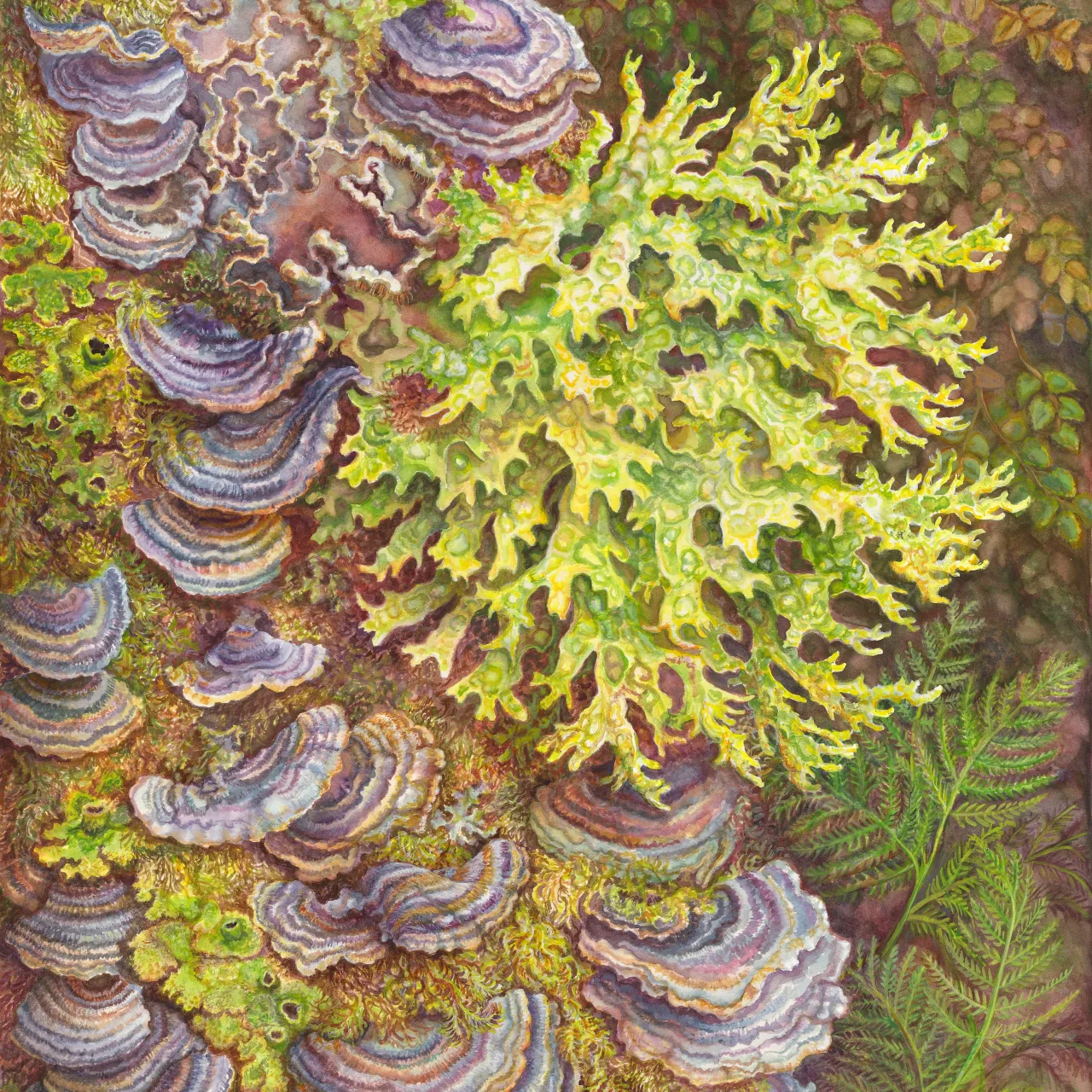
Section 04
-
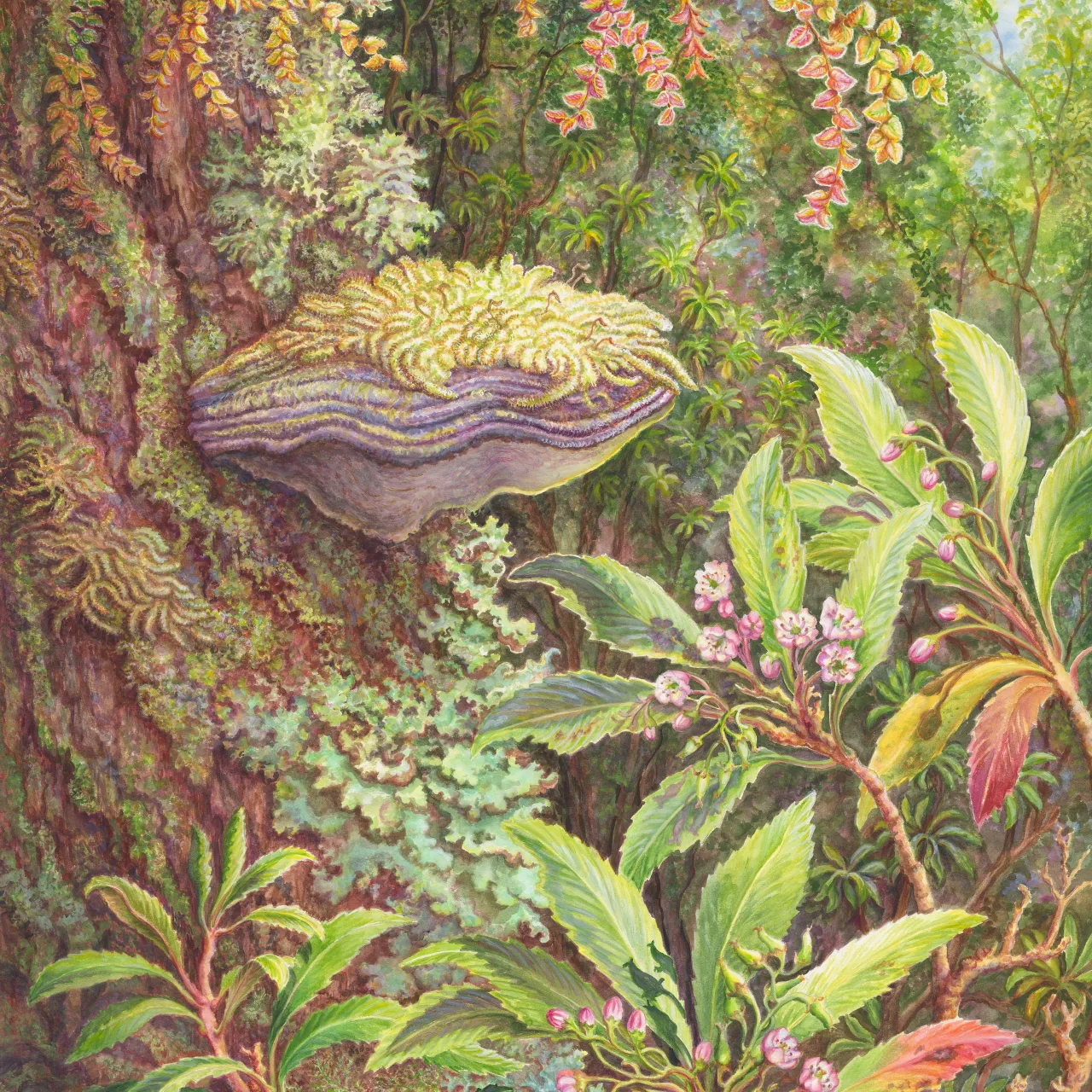
Section 04
-
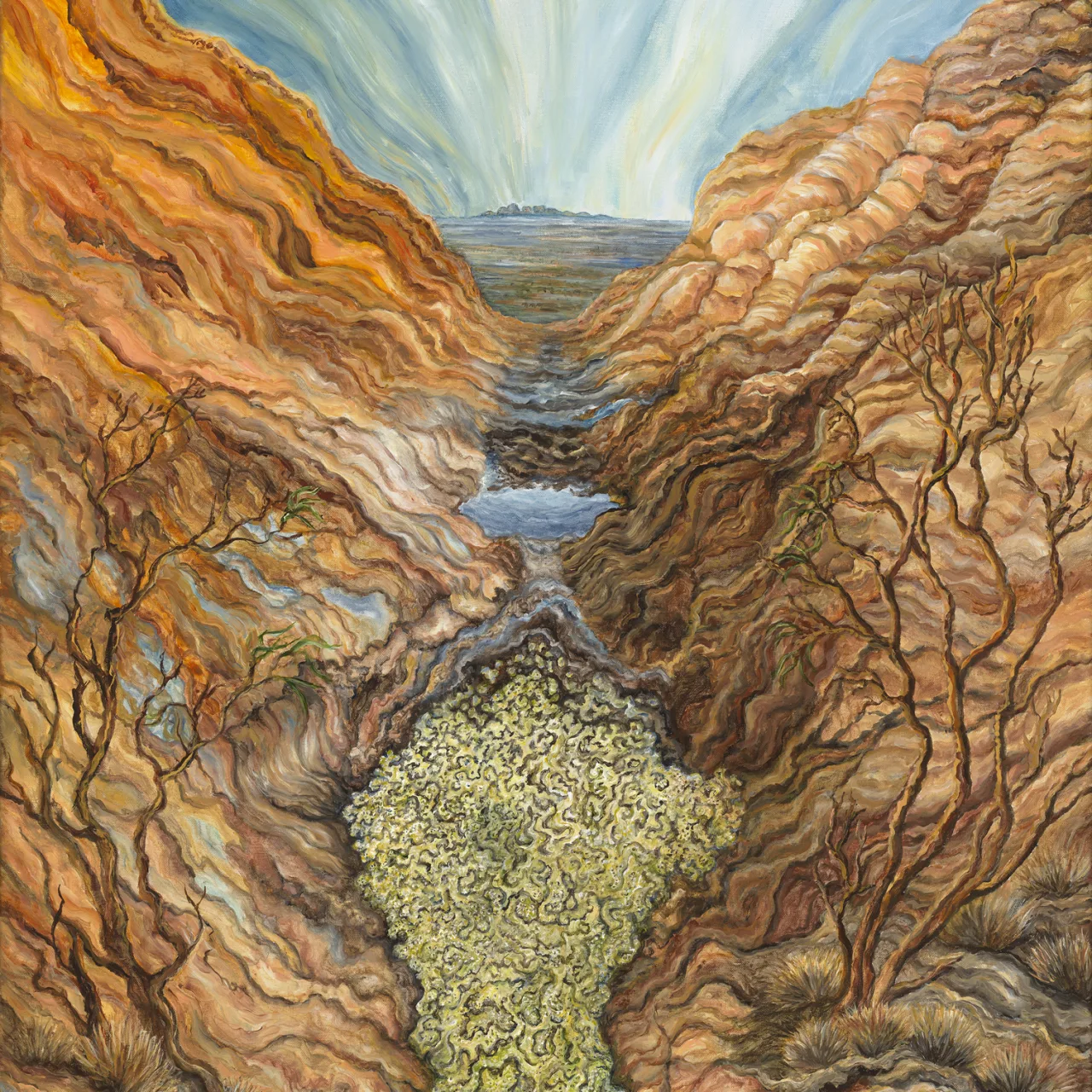
Section 05
-

Section 06
-

Section 07
-
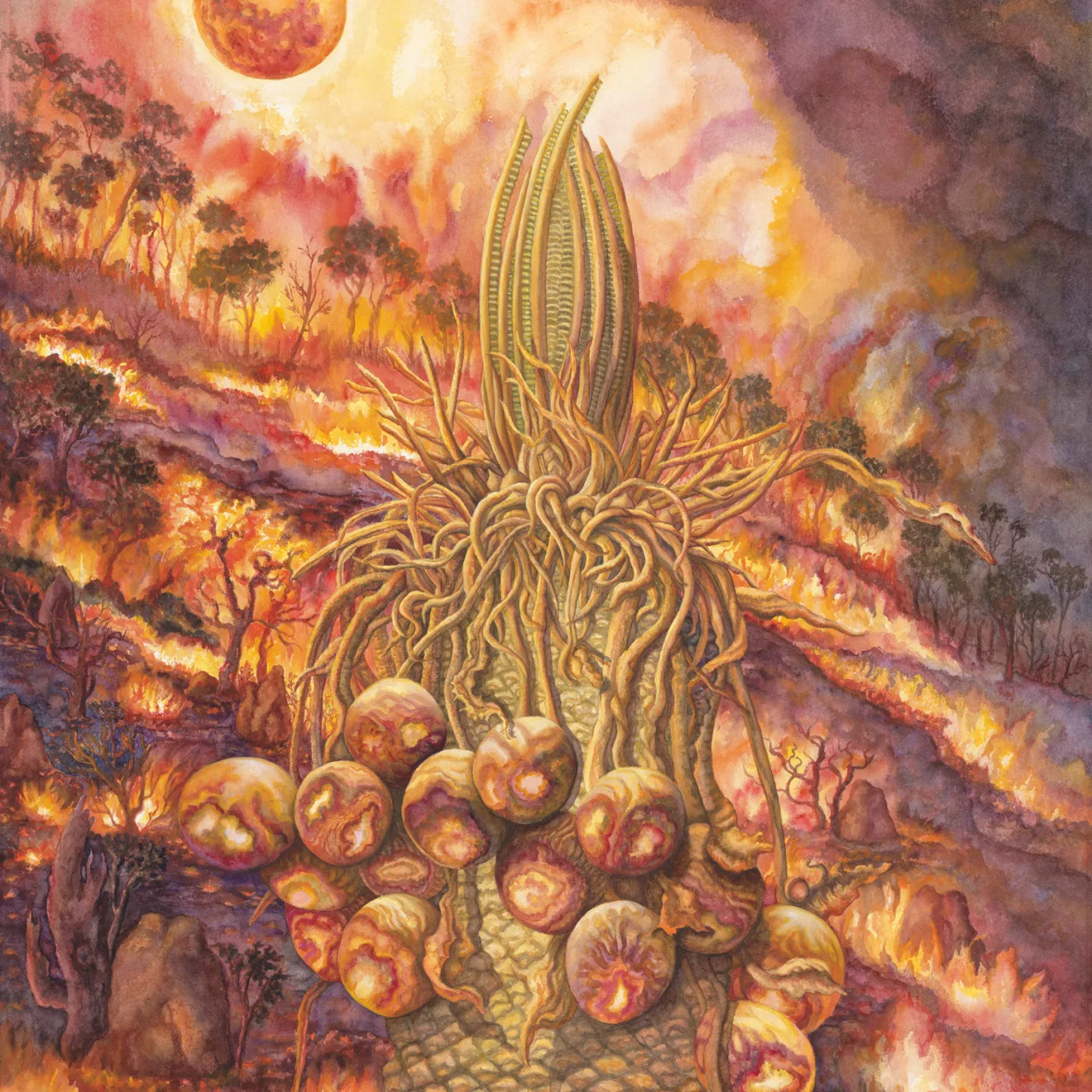
Section 07
-
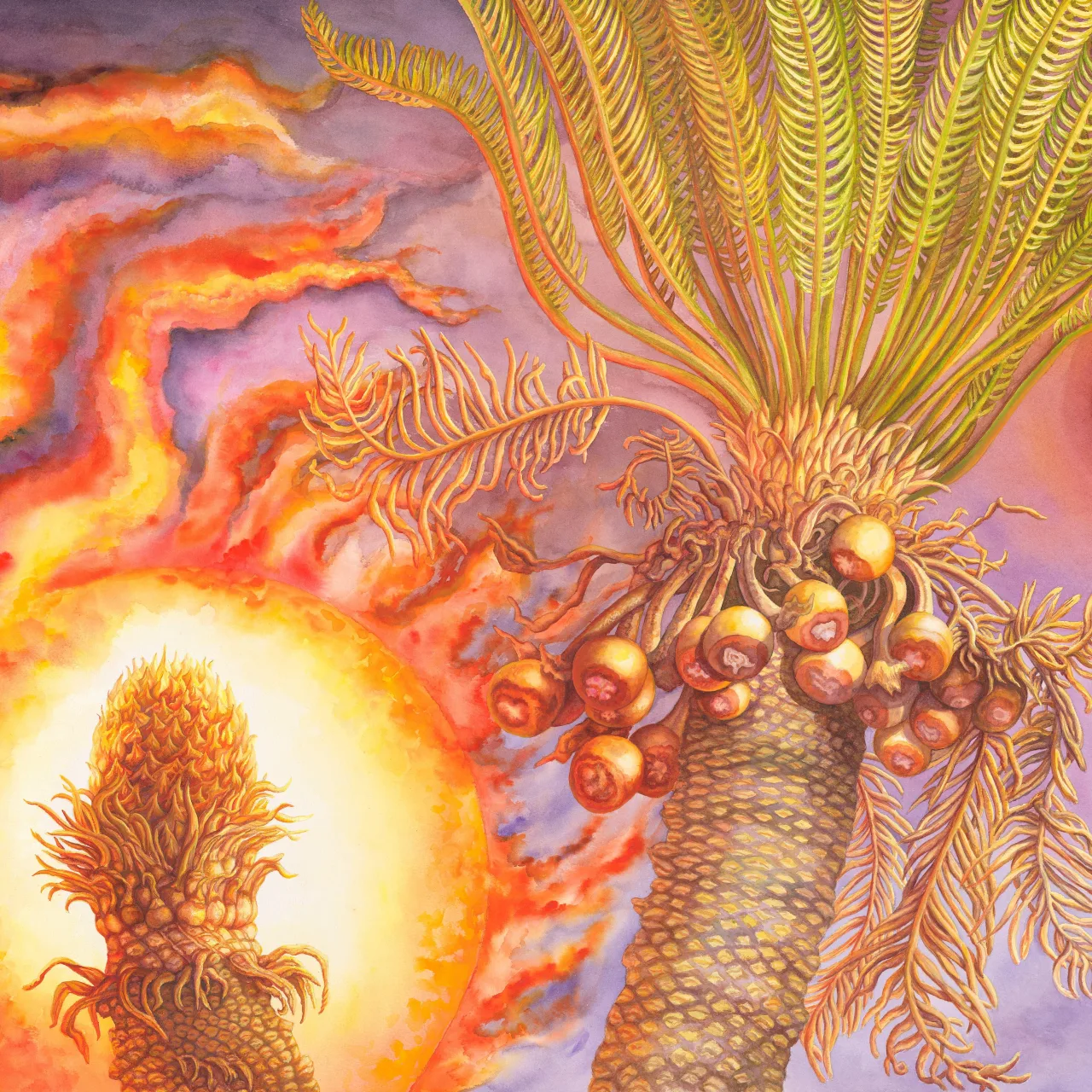
Section 07
-
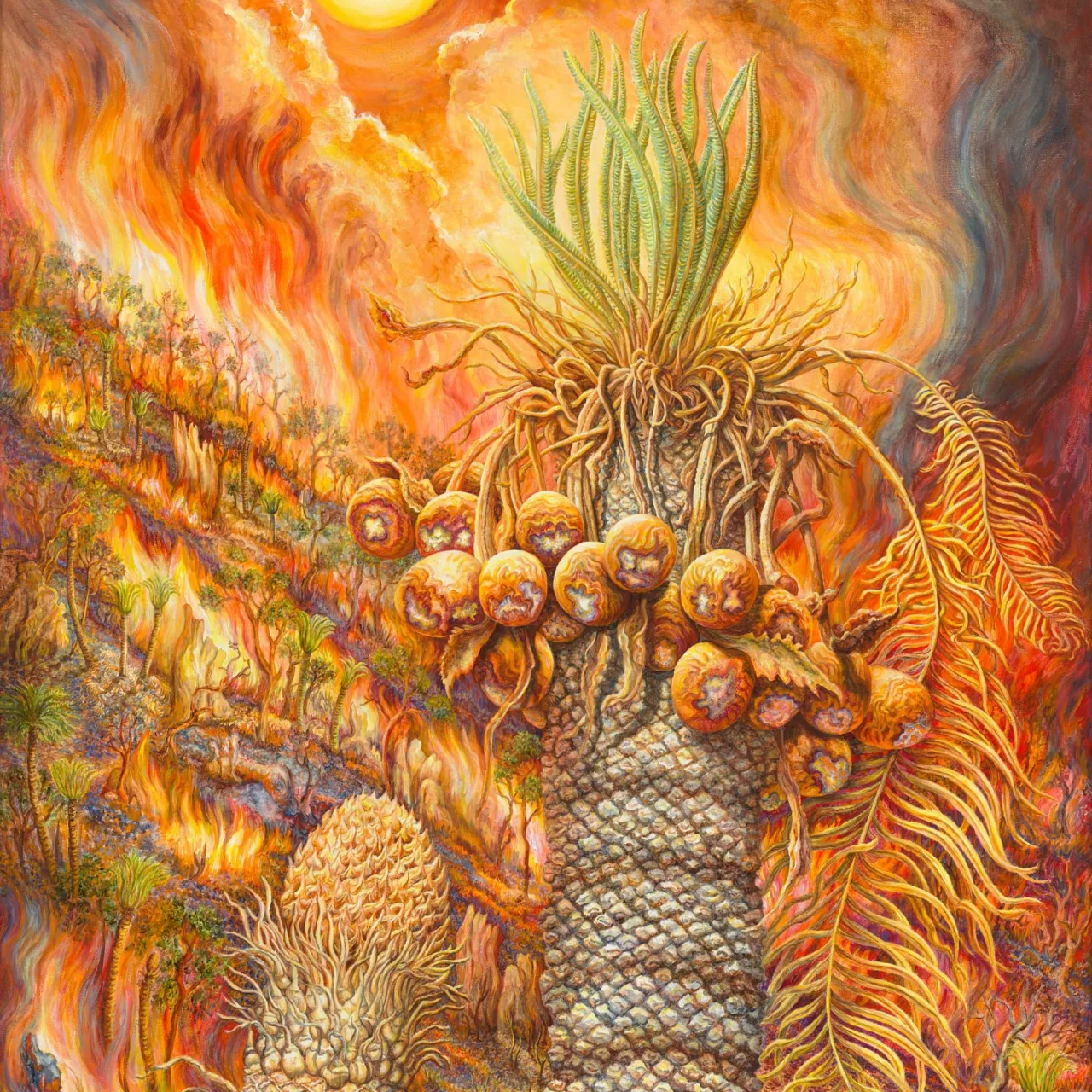
Section 07
-
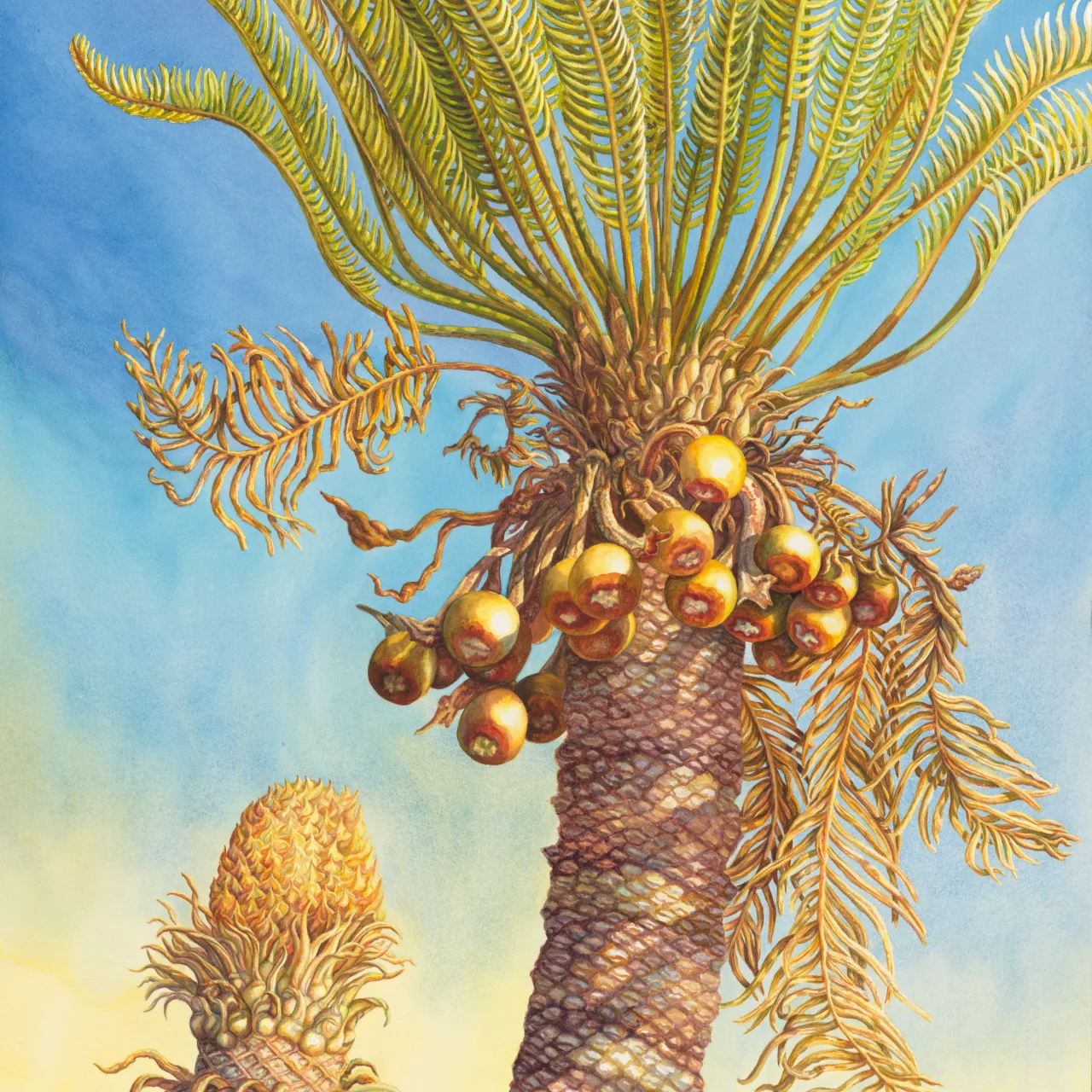
Section 07
-

Section 09
-
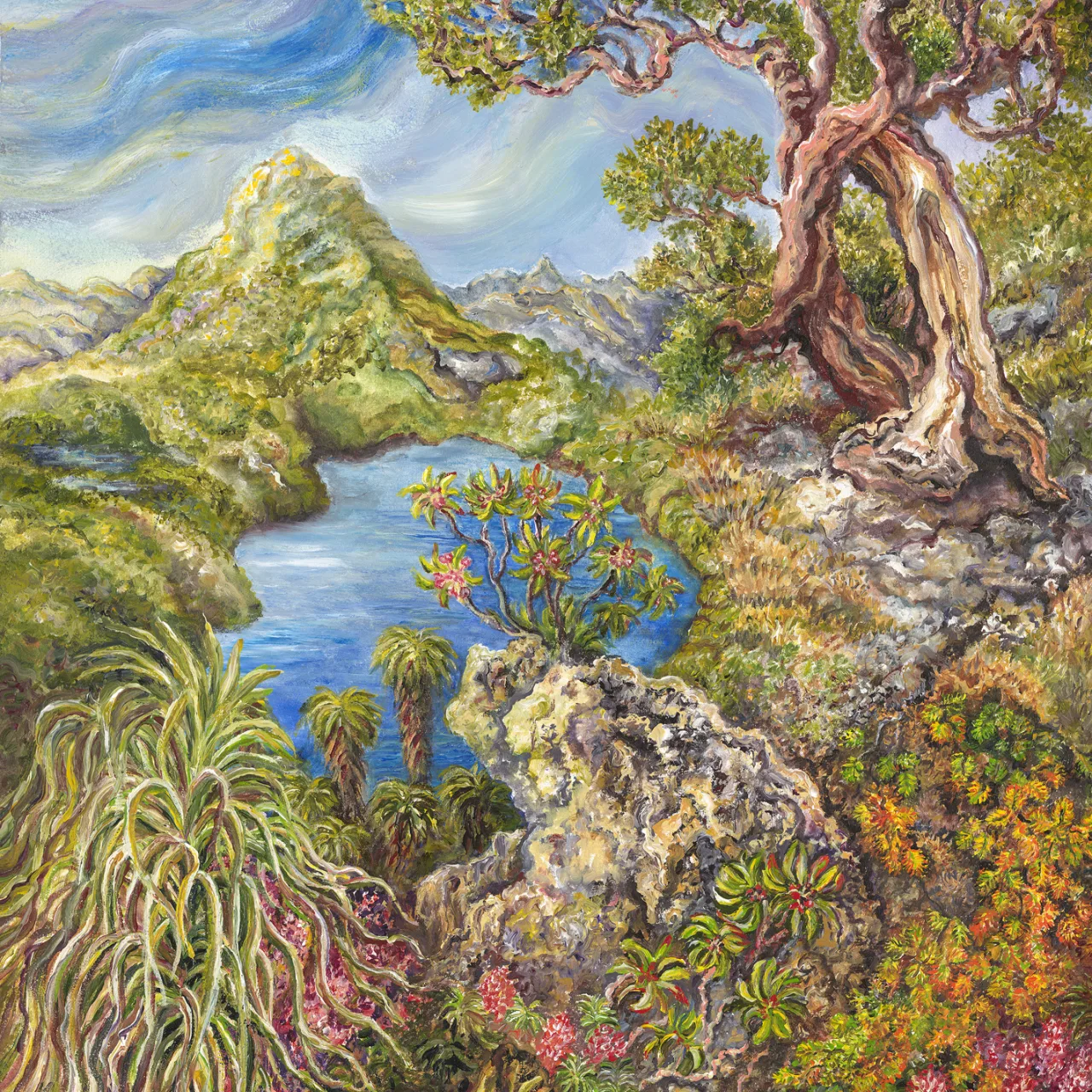
Section 10
-

Section 11
-

Section 12
-

Section 12
-

Section 12
-
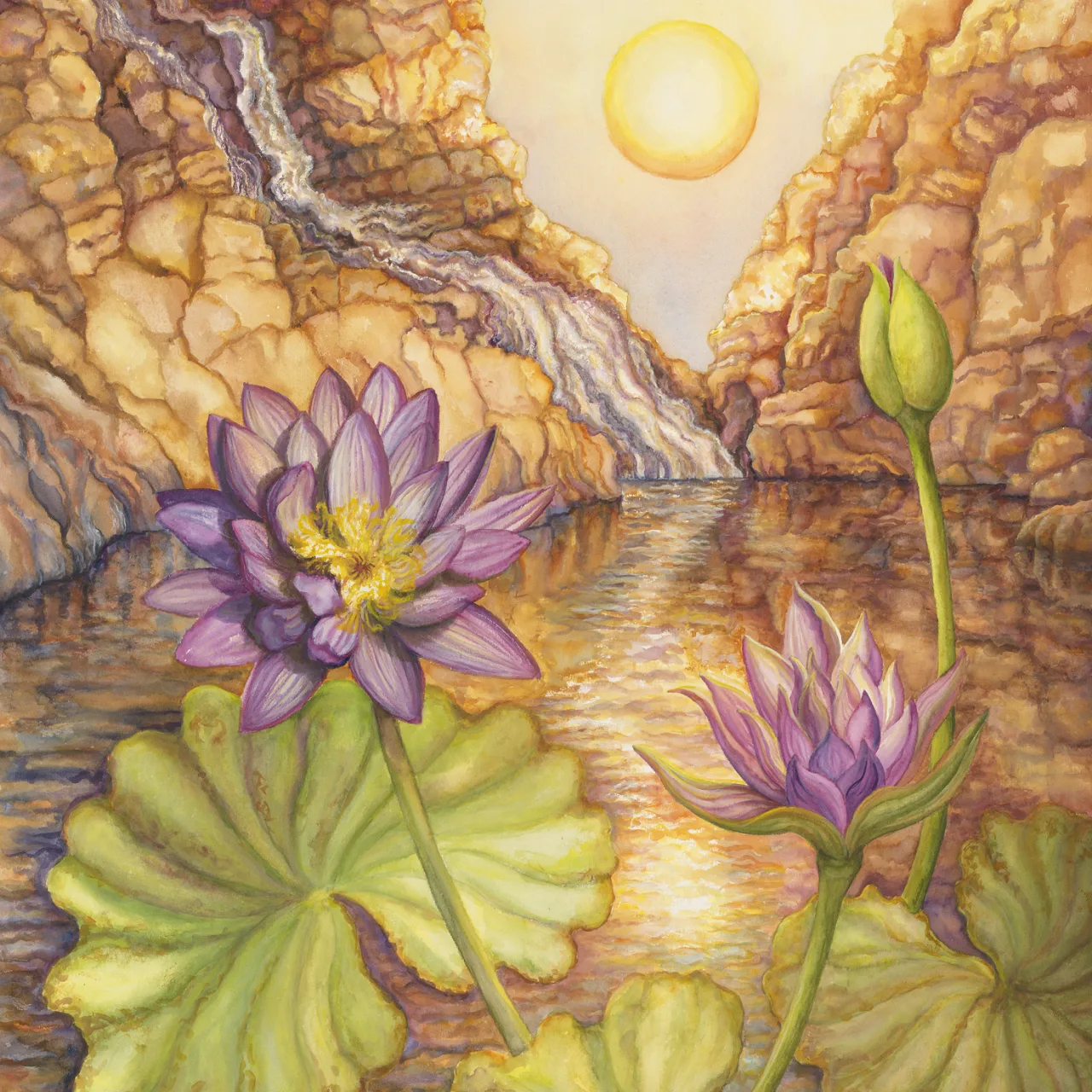
Section 15
-

Section 17
-

Section 17
-

Section 18
-
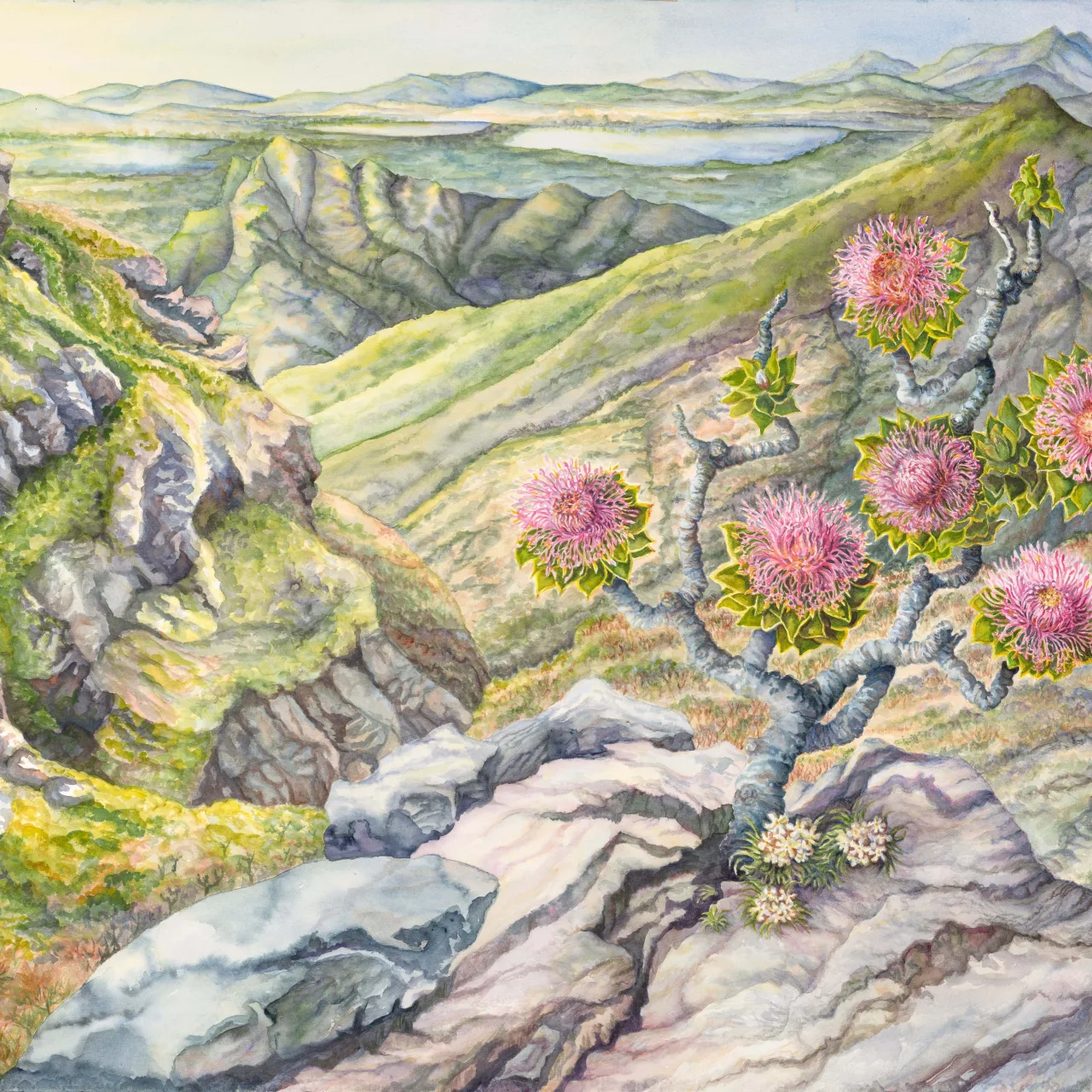
Section 18
-
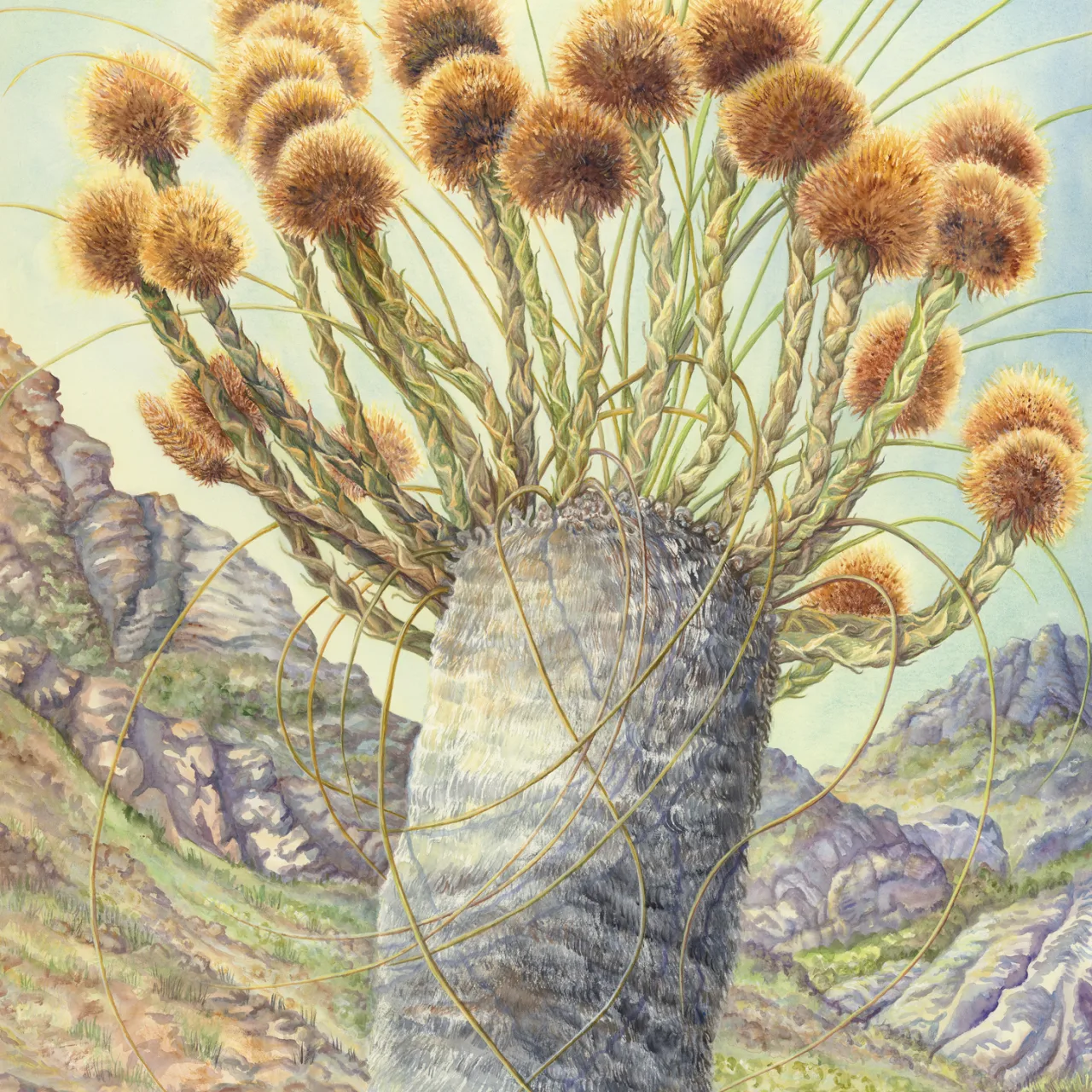
Section 18
-
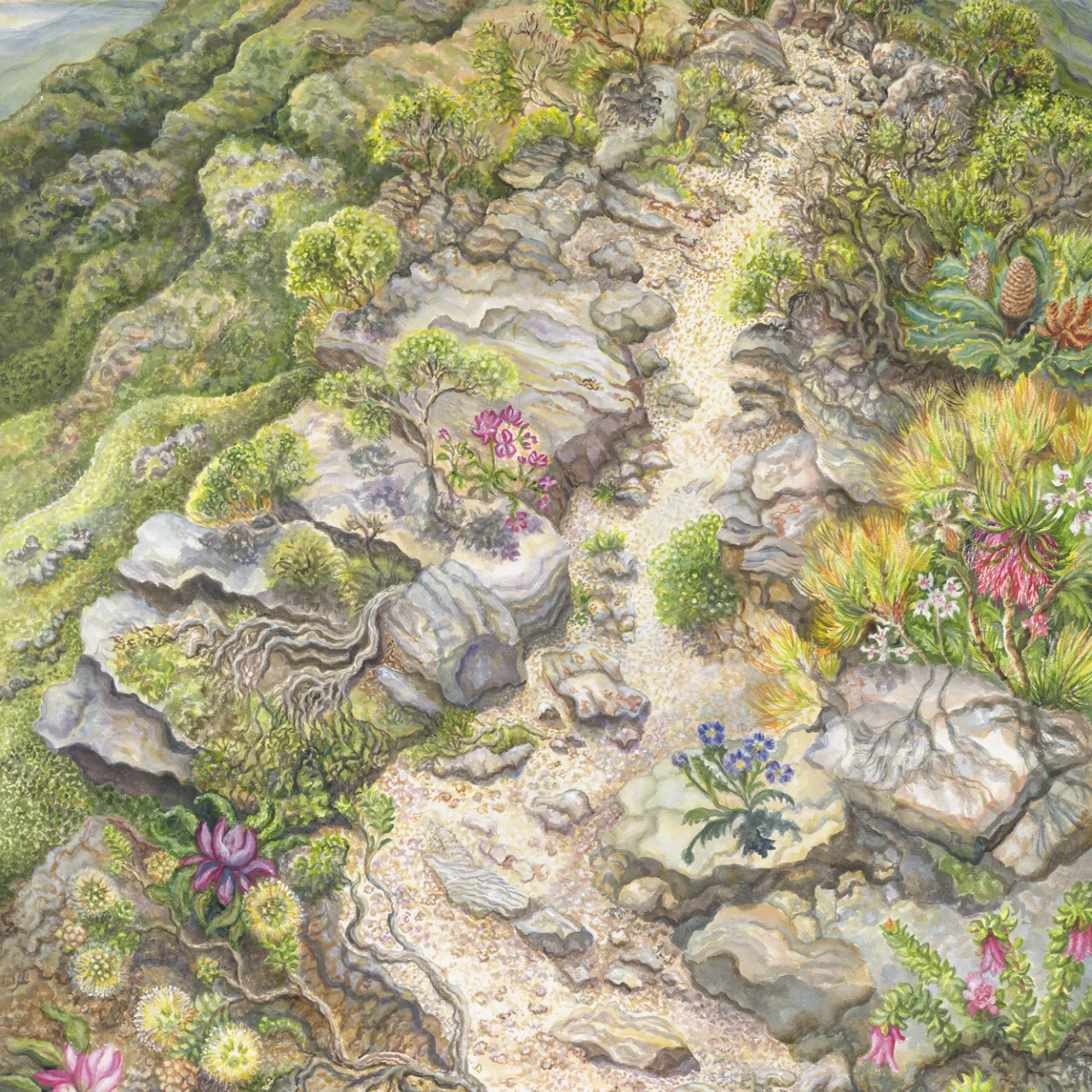
Section 18
-
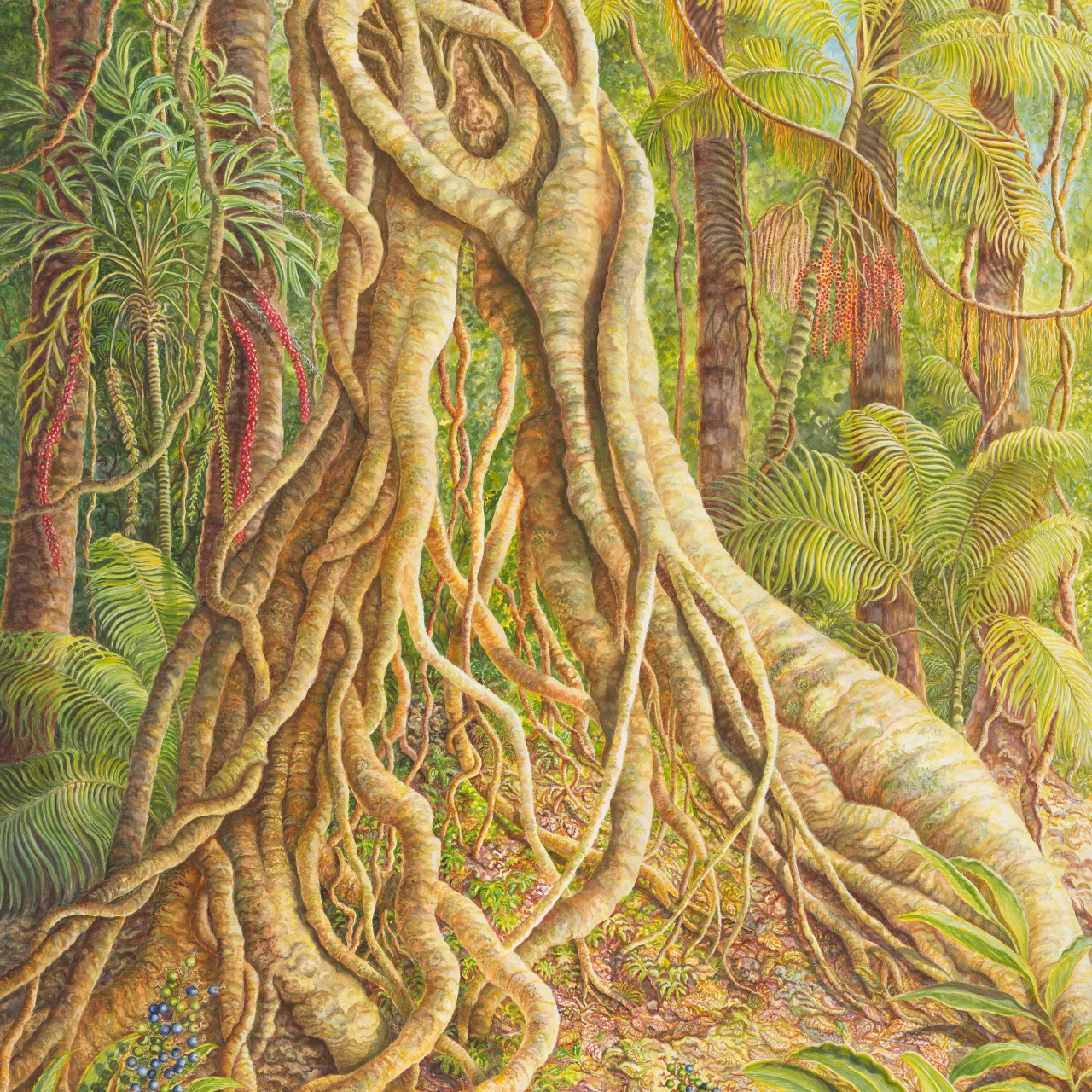
Section 19
-

Section 19
-

Section 20
-
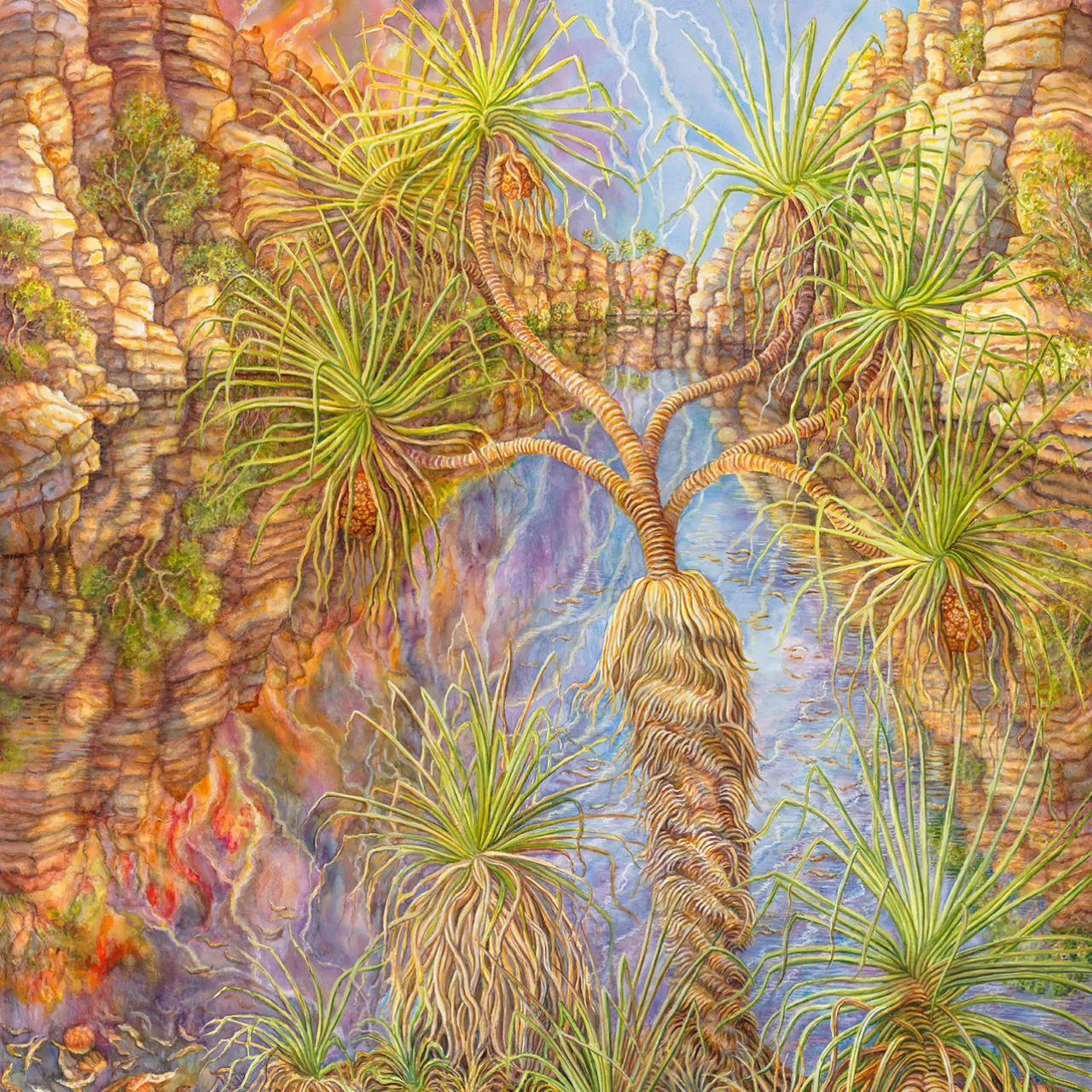
Section 20
-
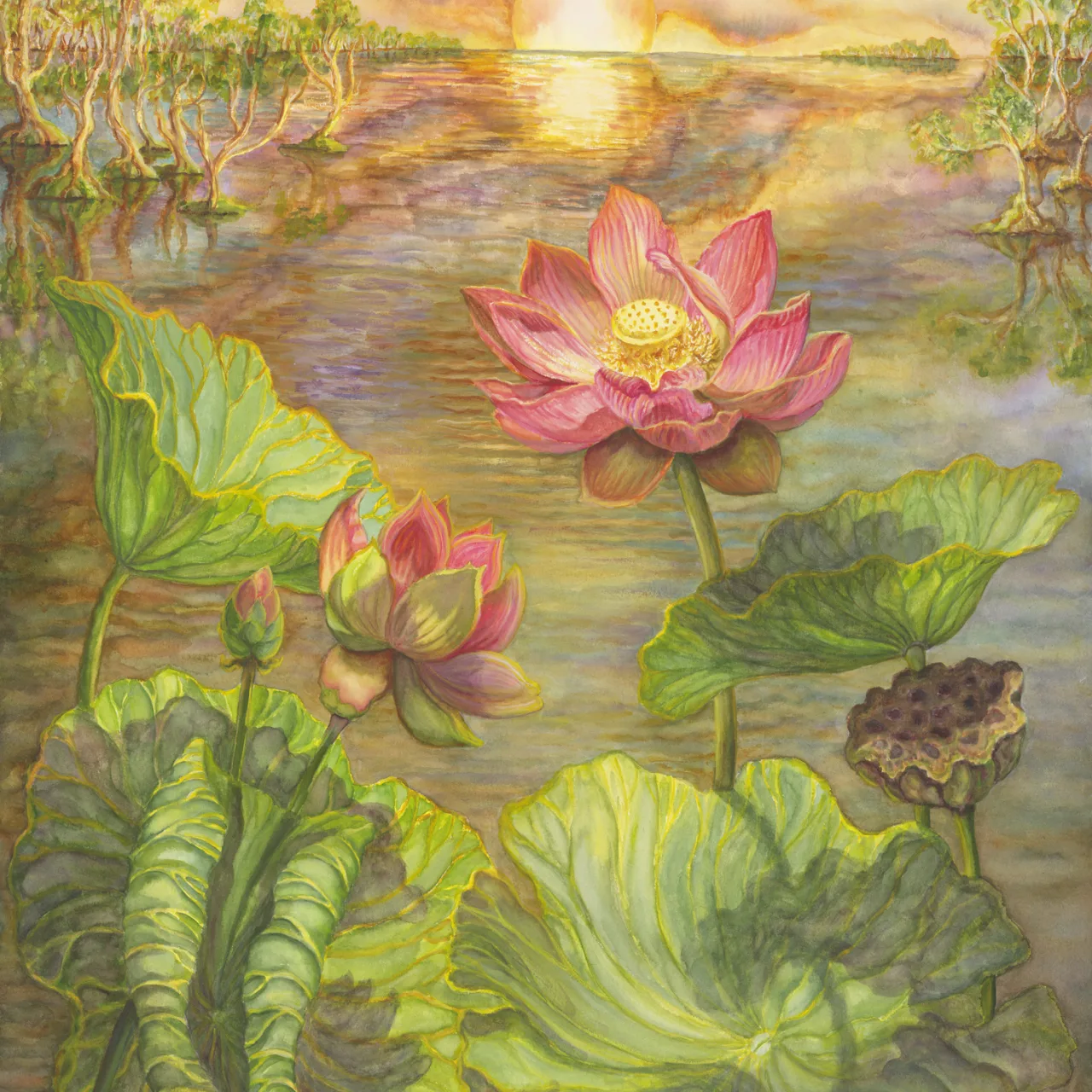
Section 21
-

Section 22
-
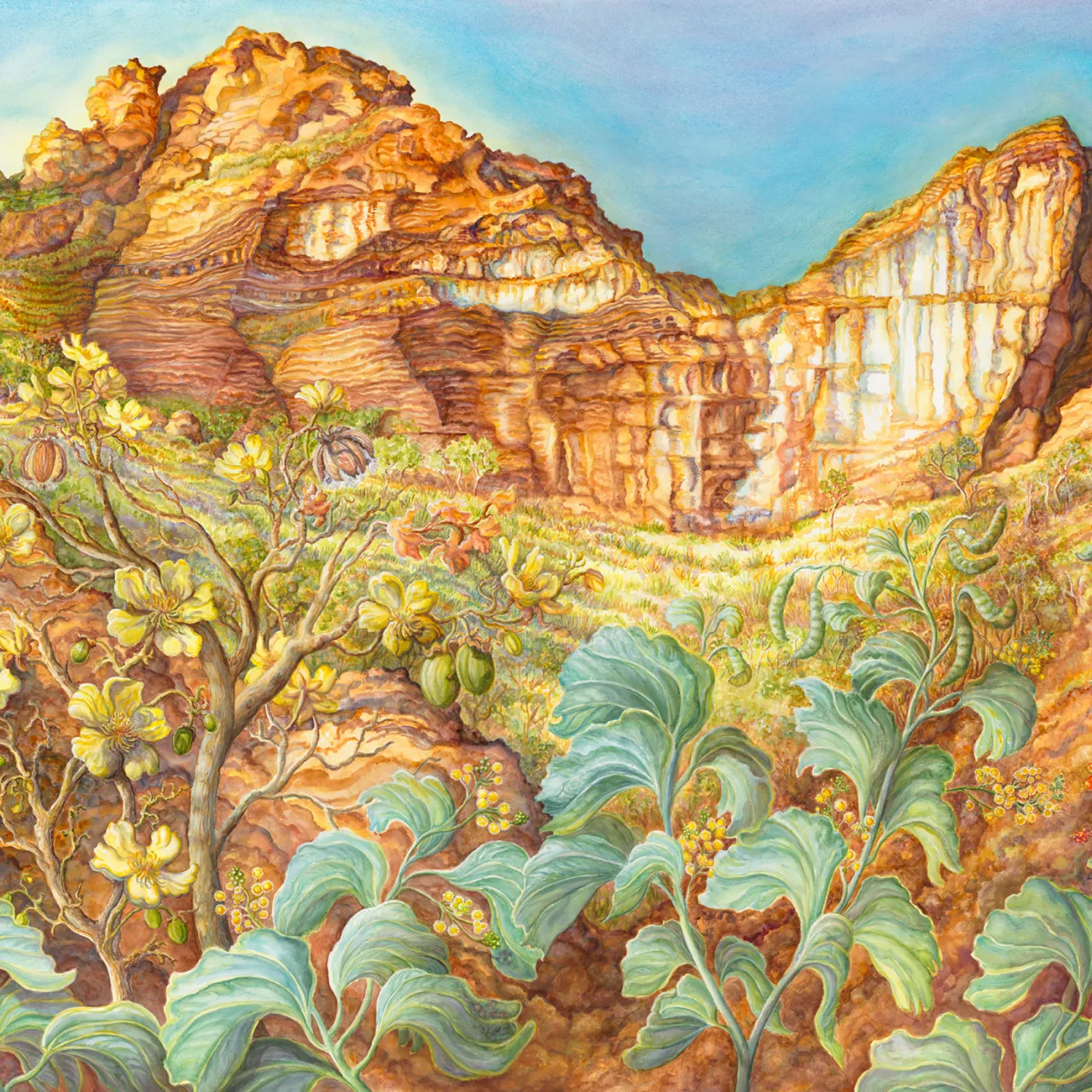
Section 22
-

Section 22
-
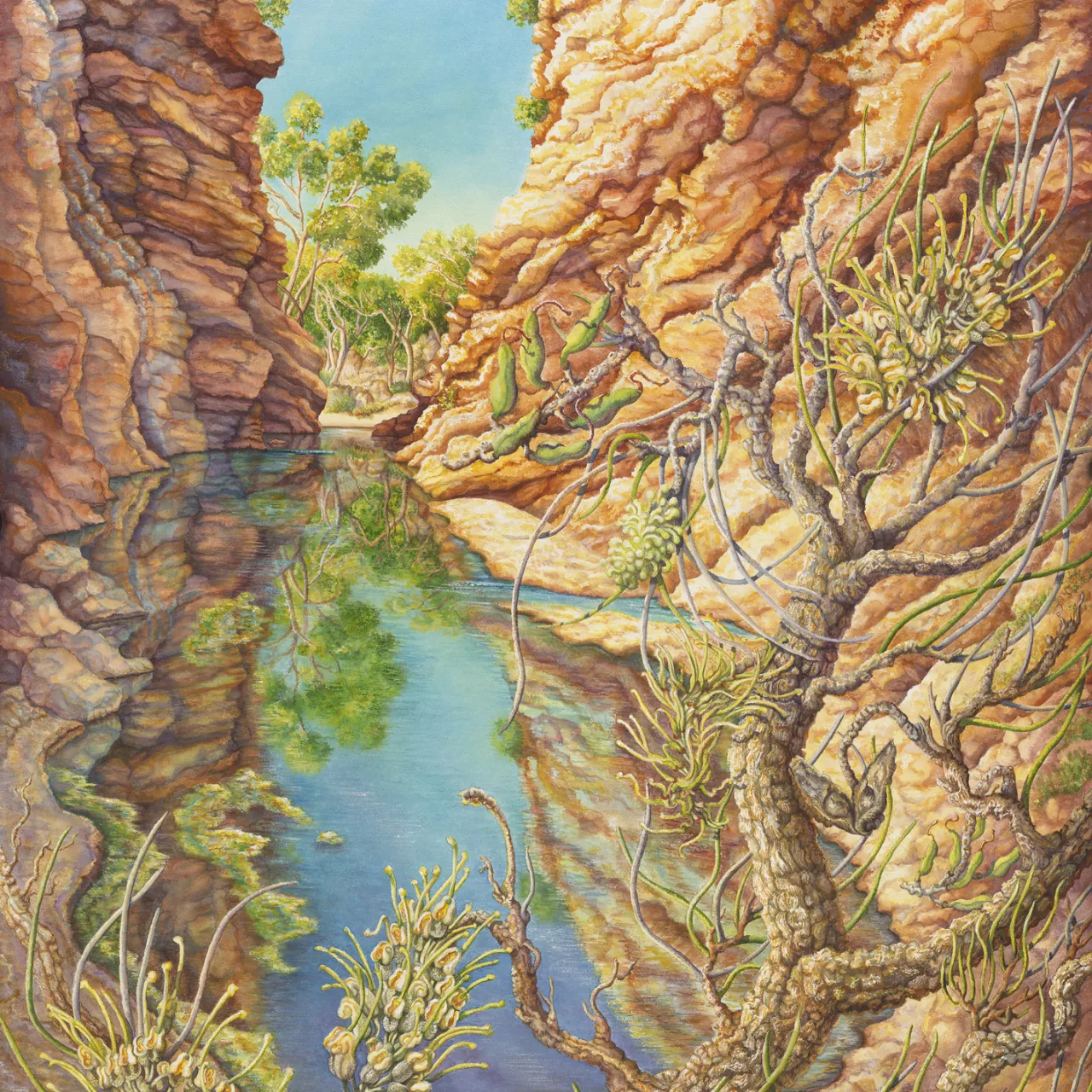
Section 22
-
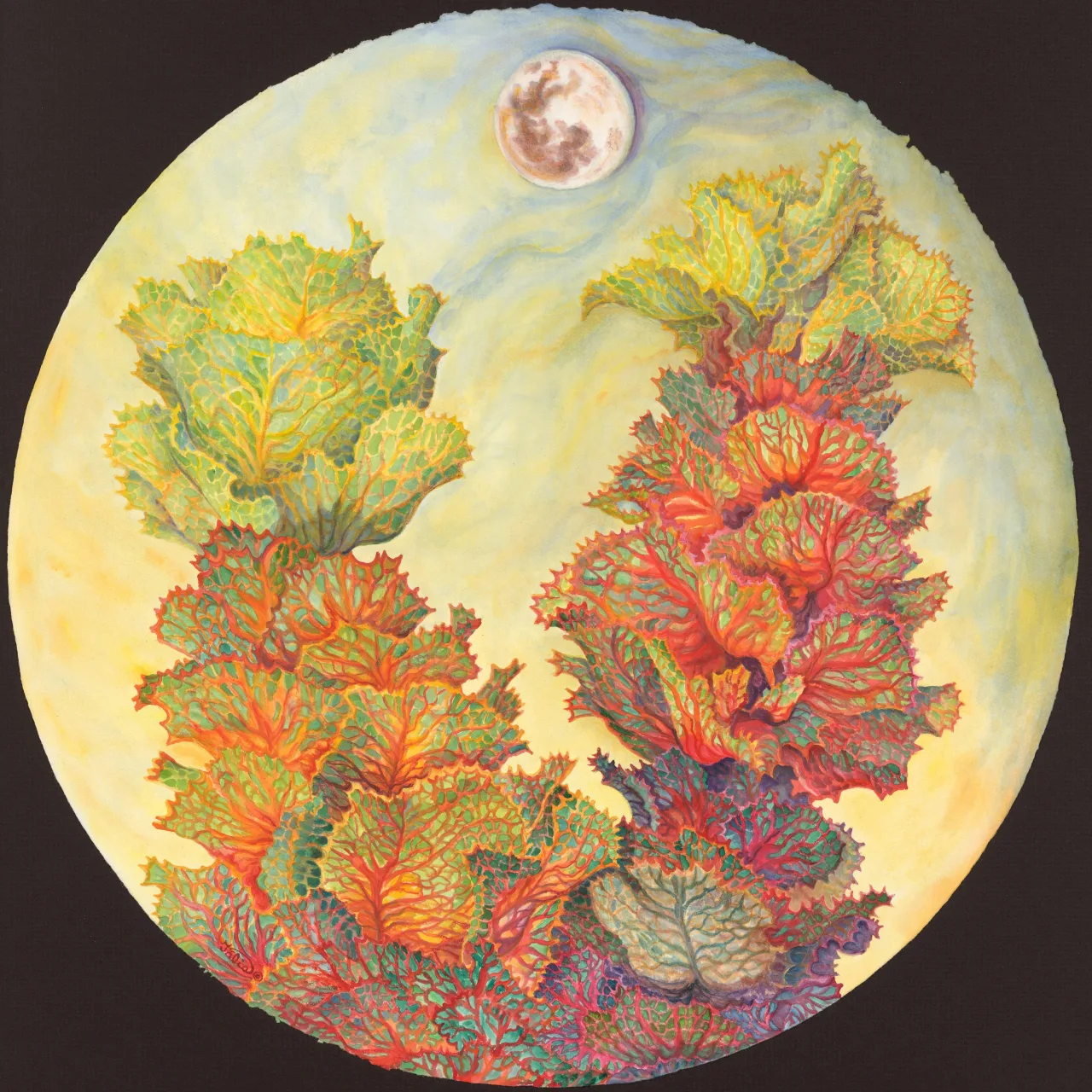
Section 22
-

Section 22
-
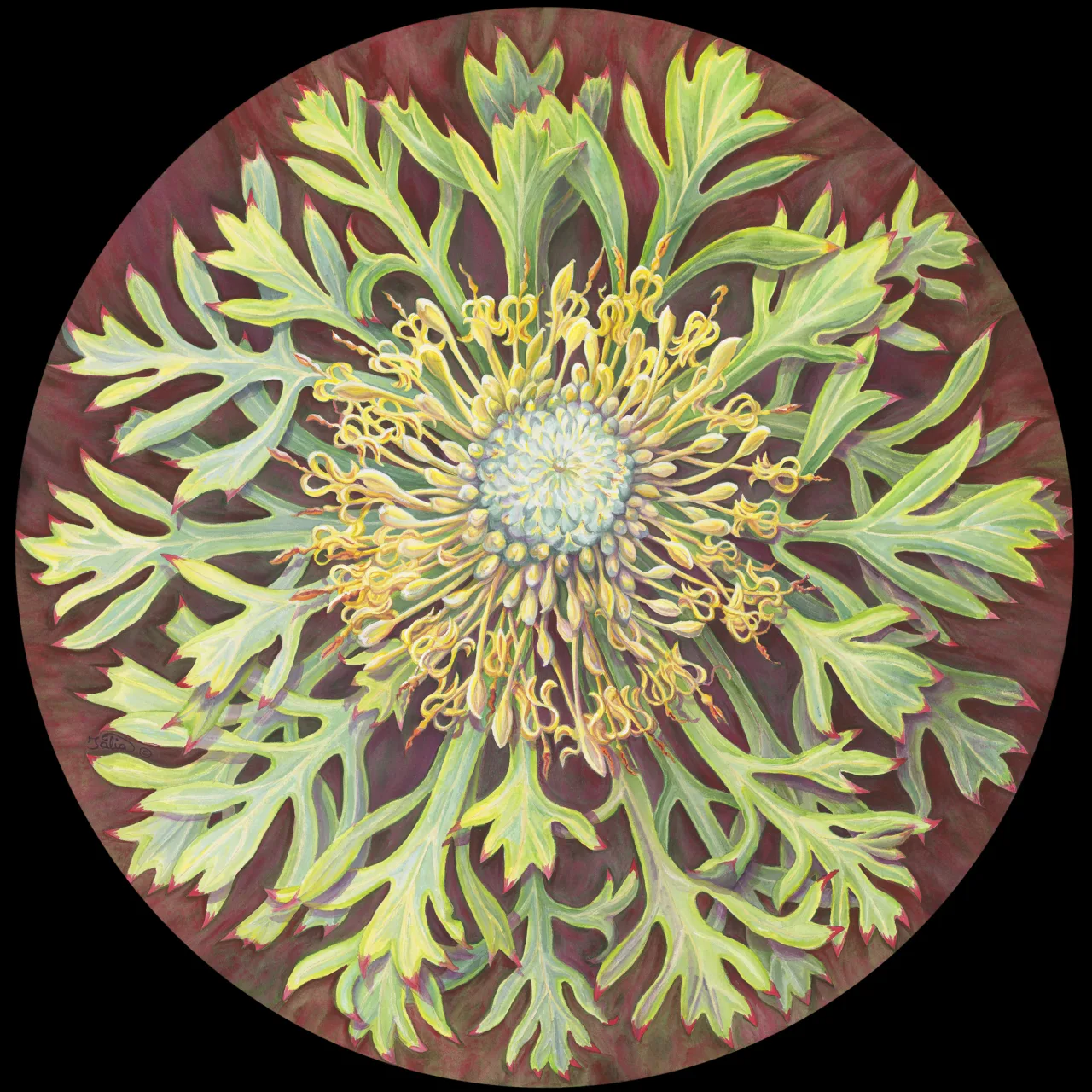
Section 22
-

Section 22
-

Section 22
-
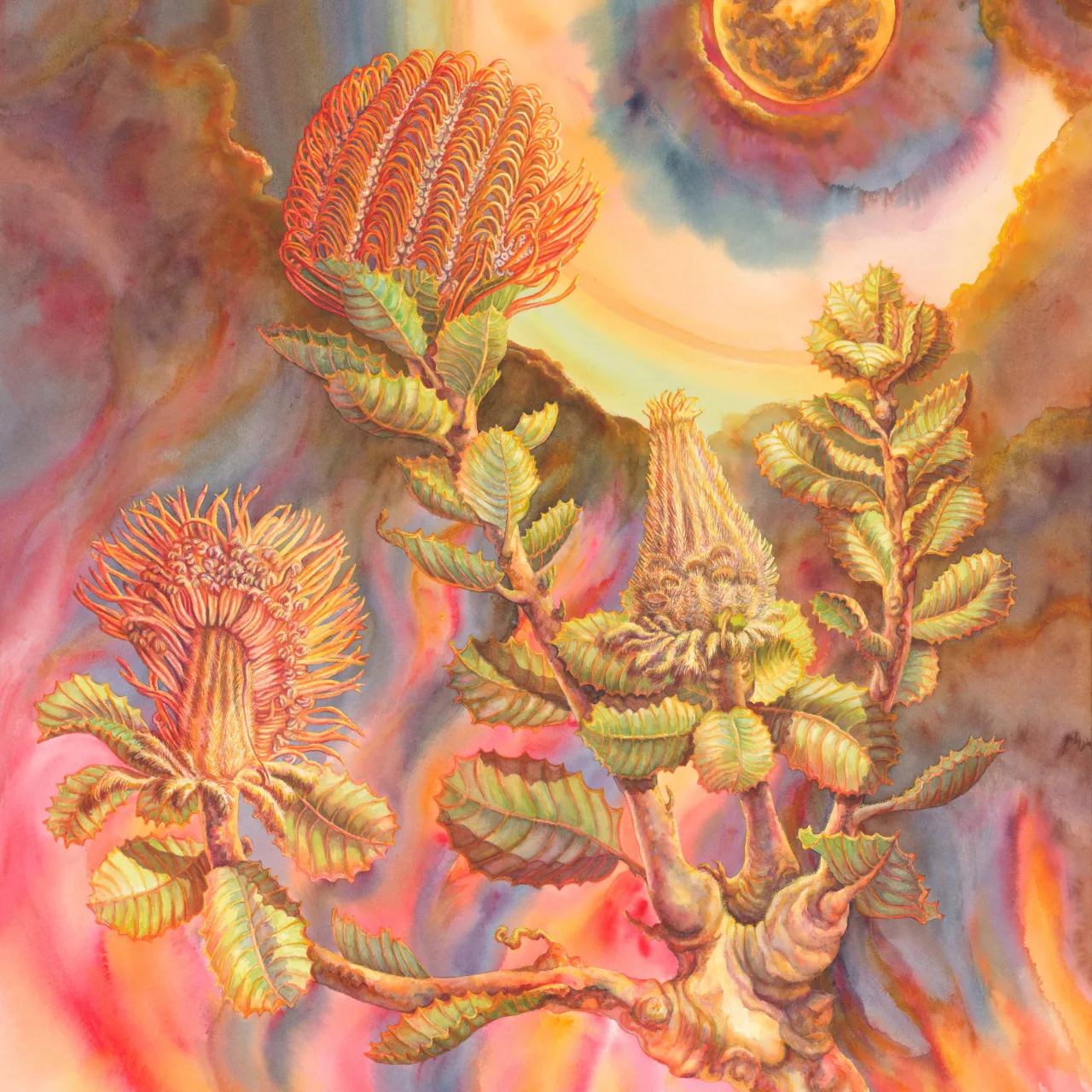
Section 22
-
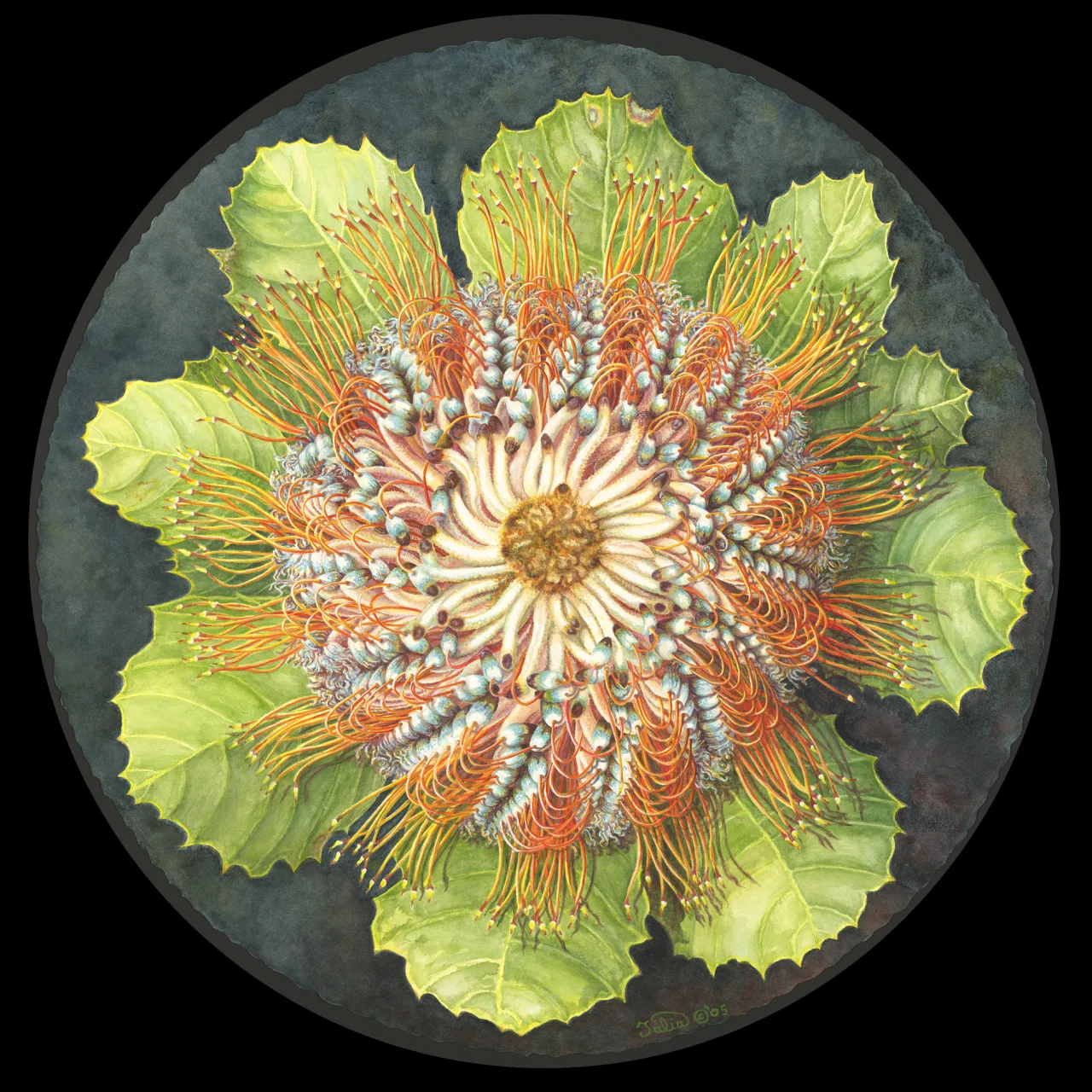
Section 22
-

Section 25
-
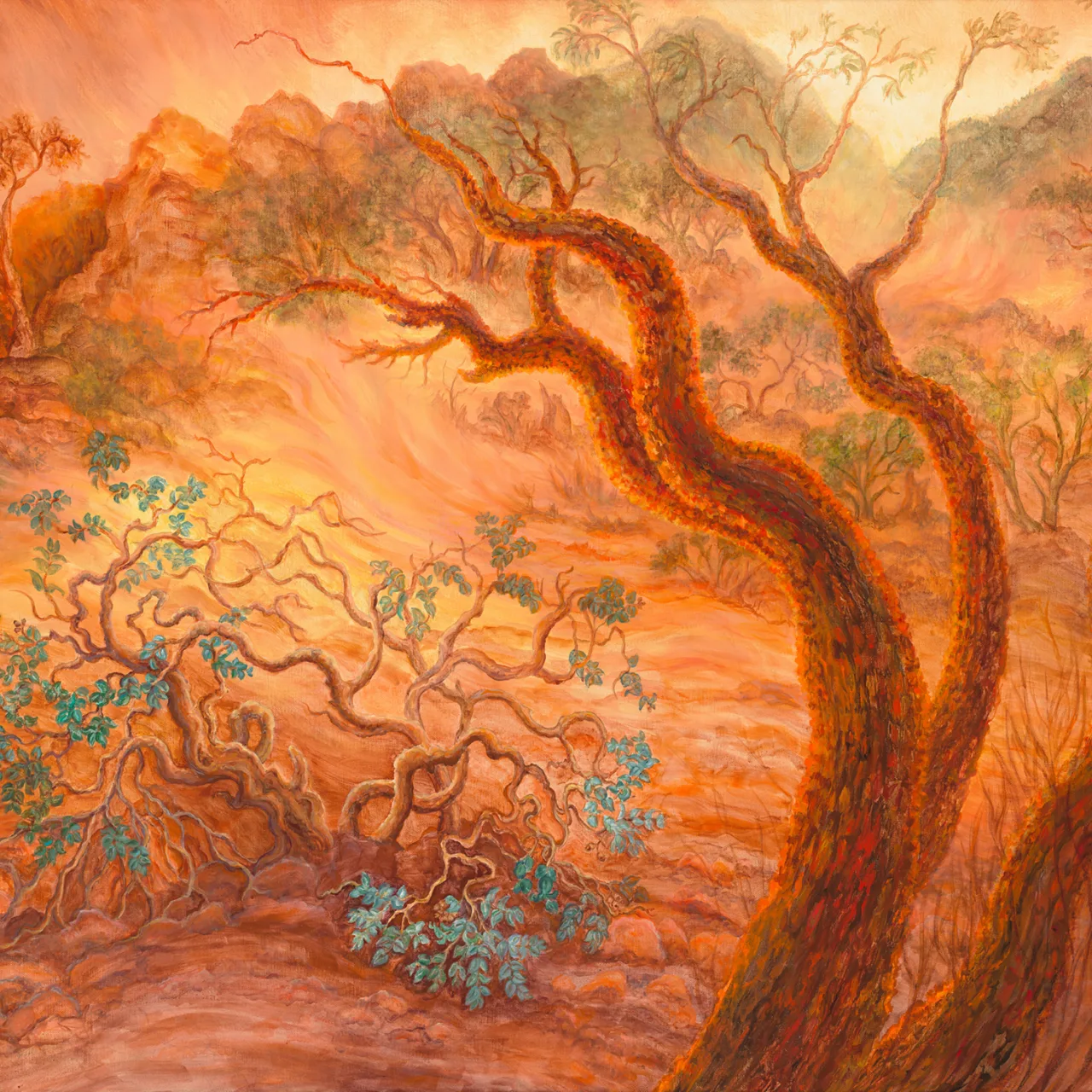
Section 26
-

Section 27
-
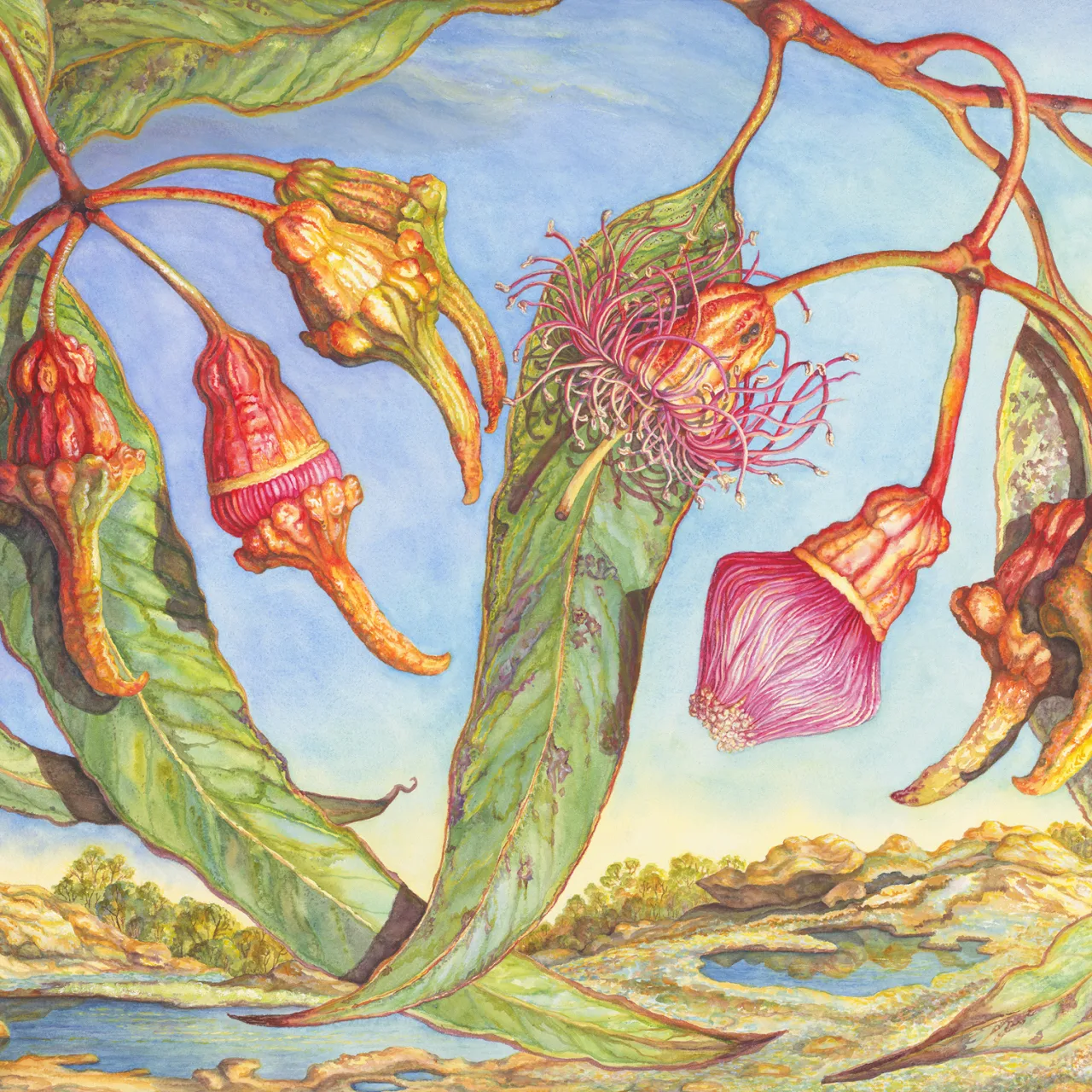
Section 27
-
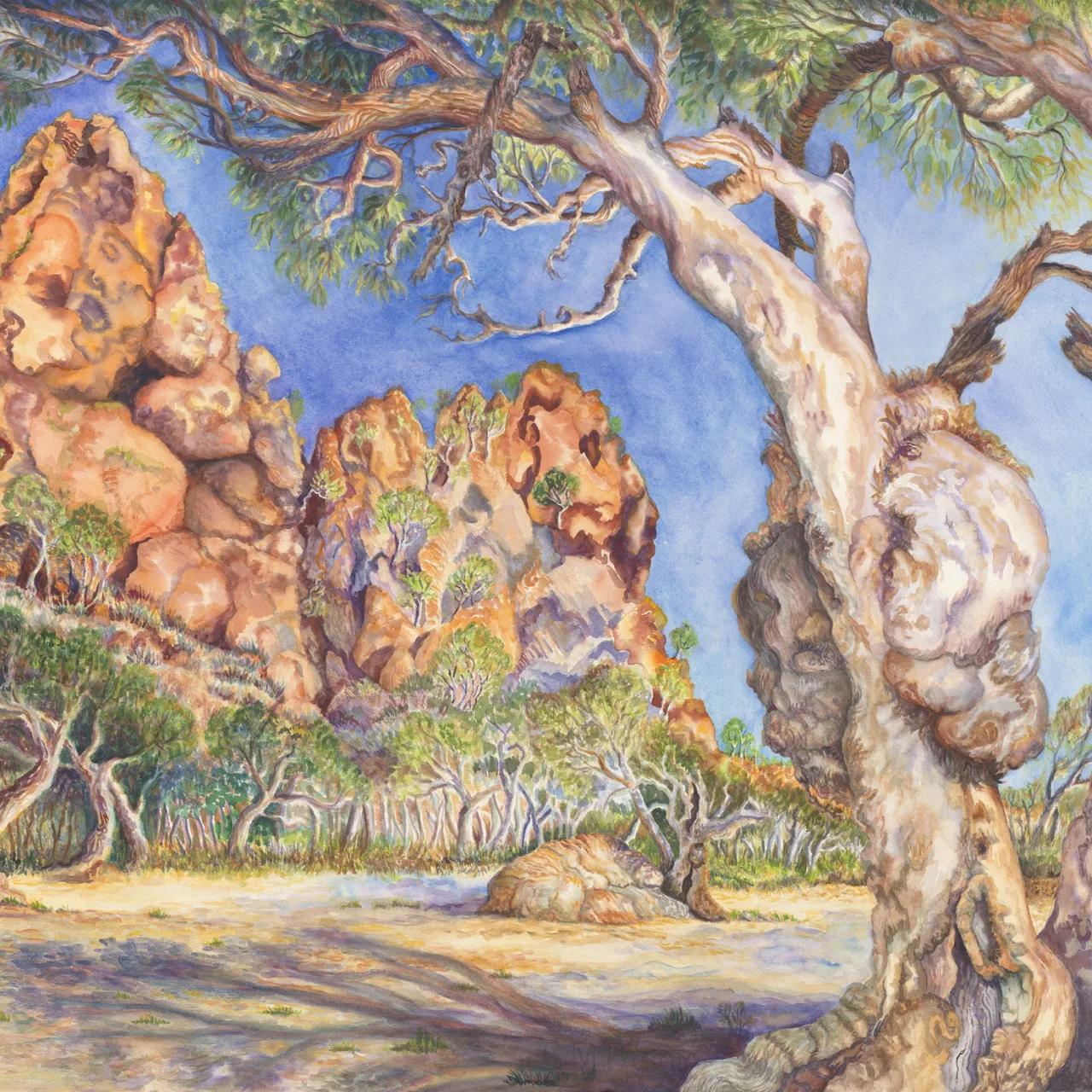
Section 27
-
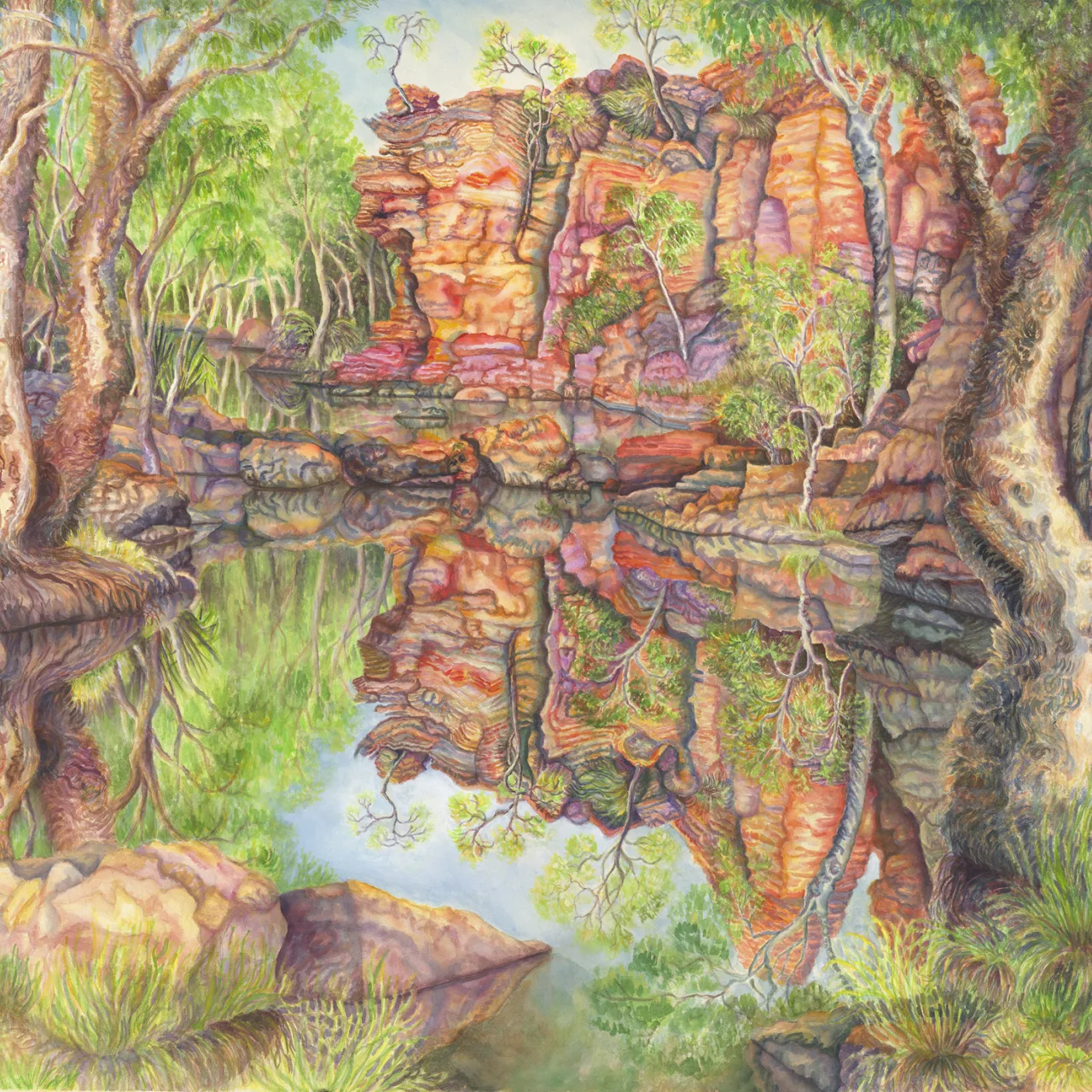
Section 27
-

Section 28
-
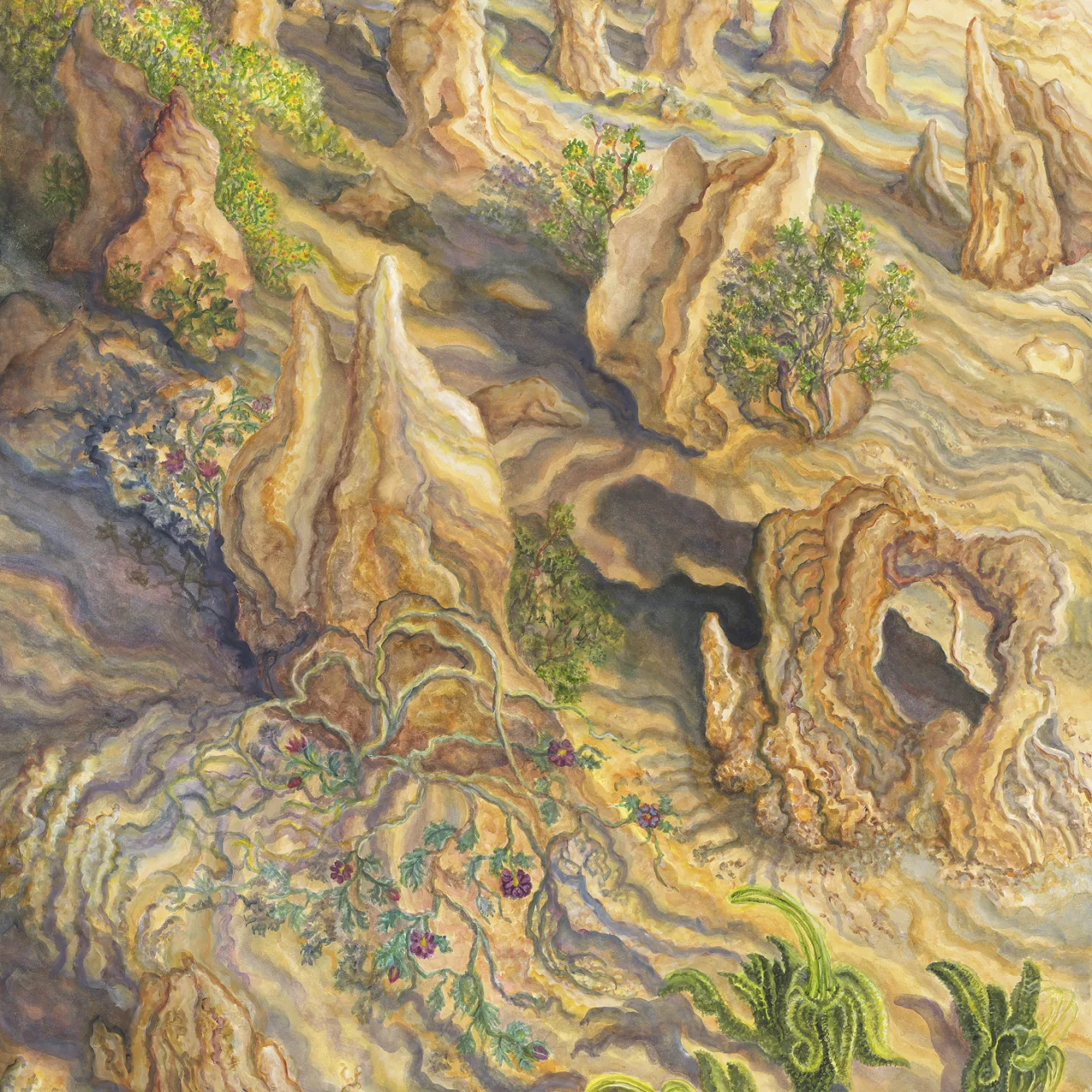
Section 28
-
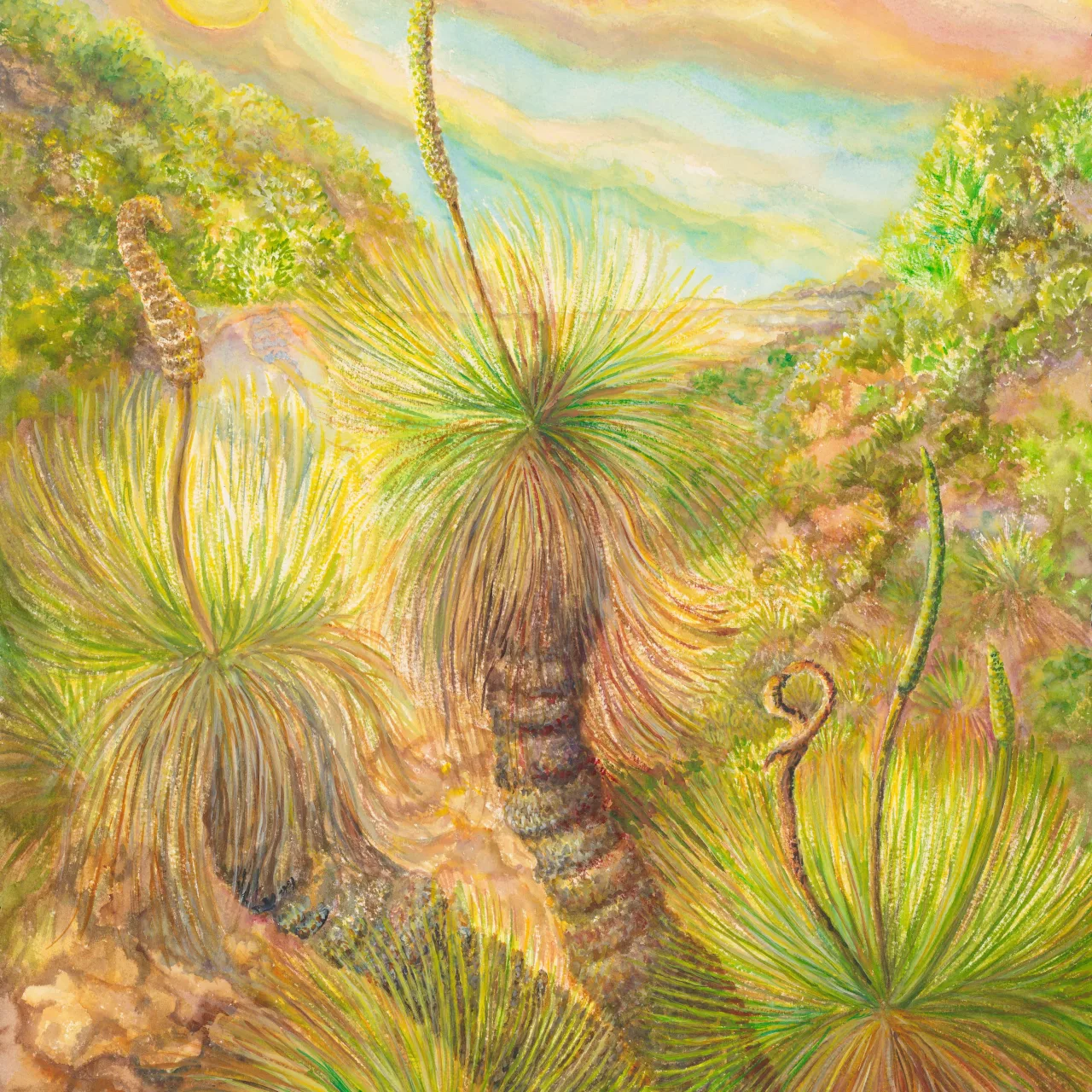
Section 28
-

Section 28
-
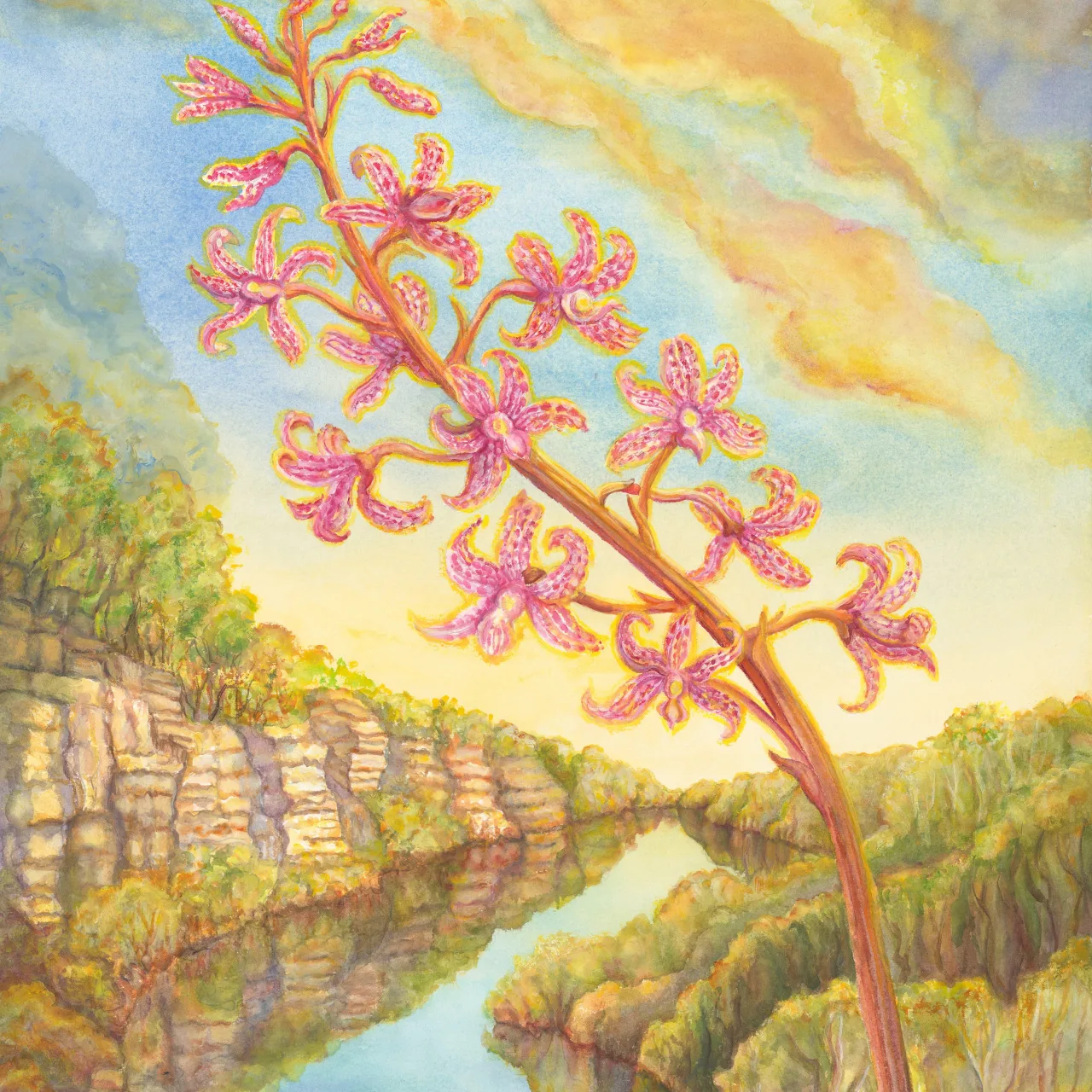
Section 28
-
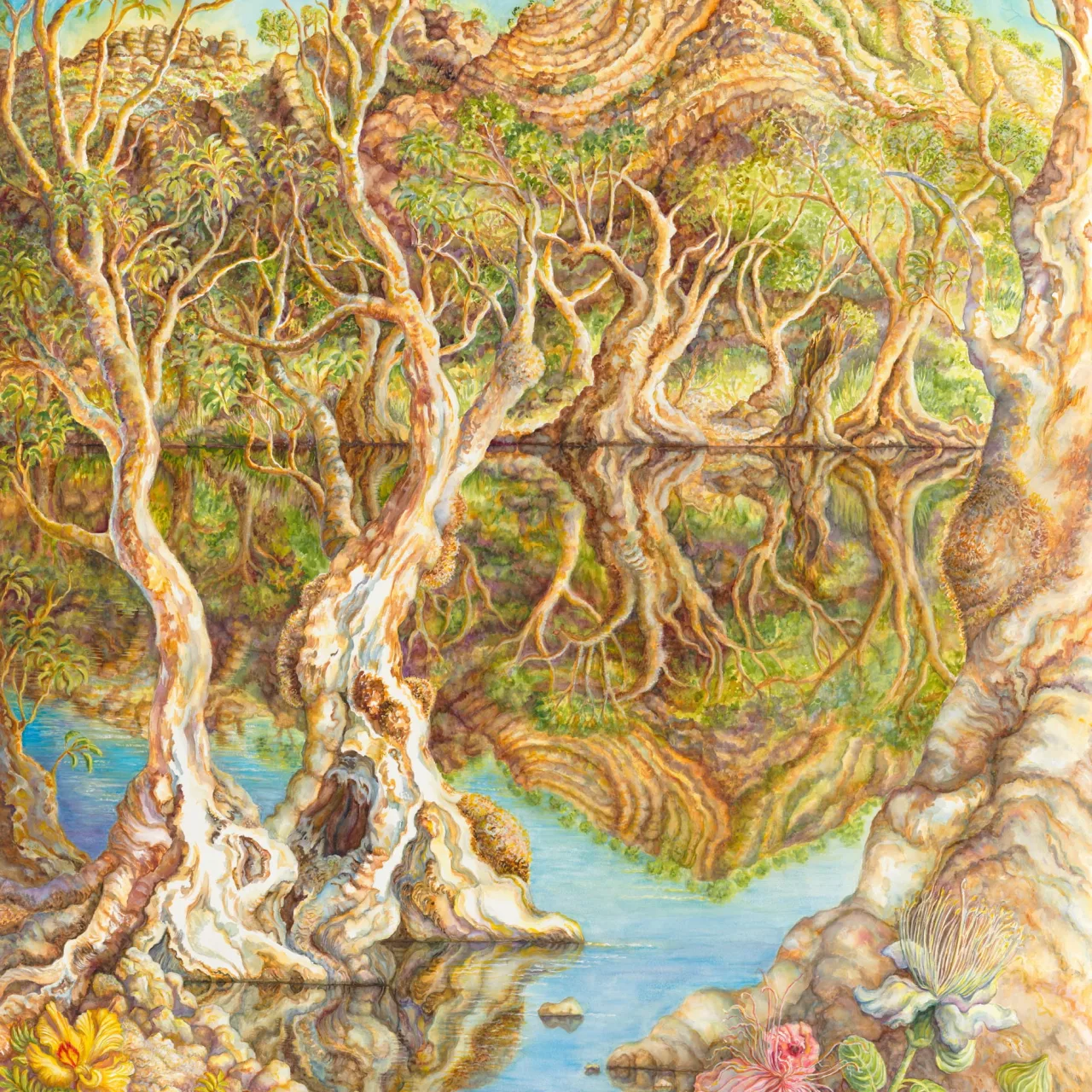
Section 30
-
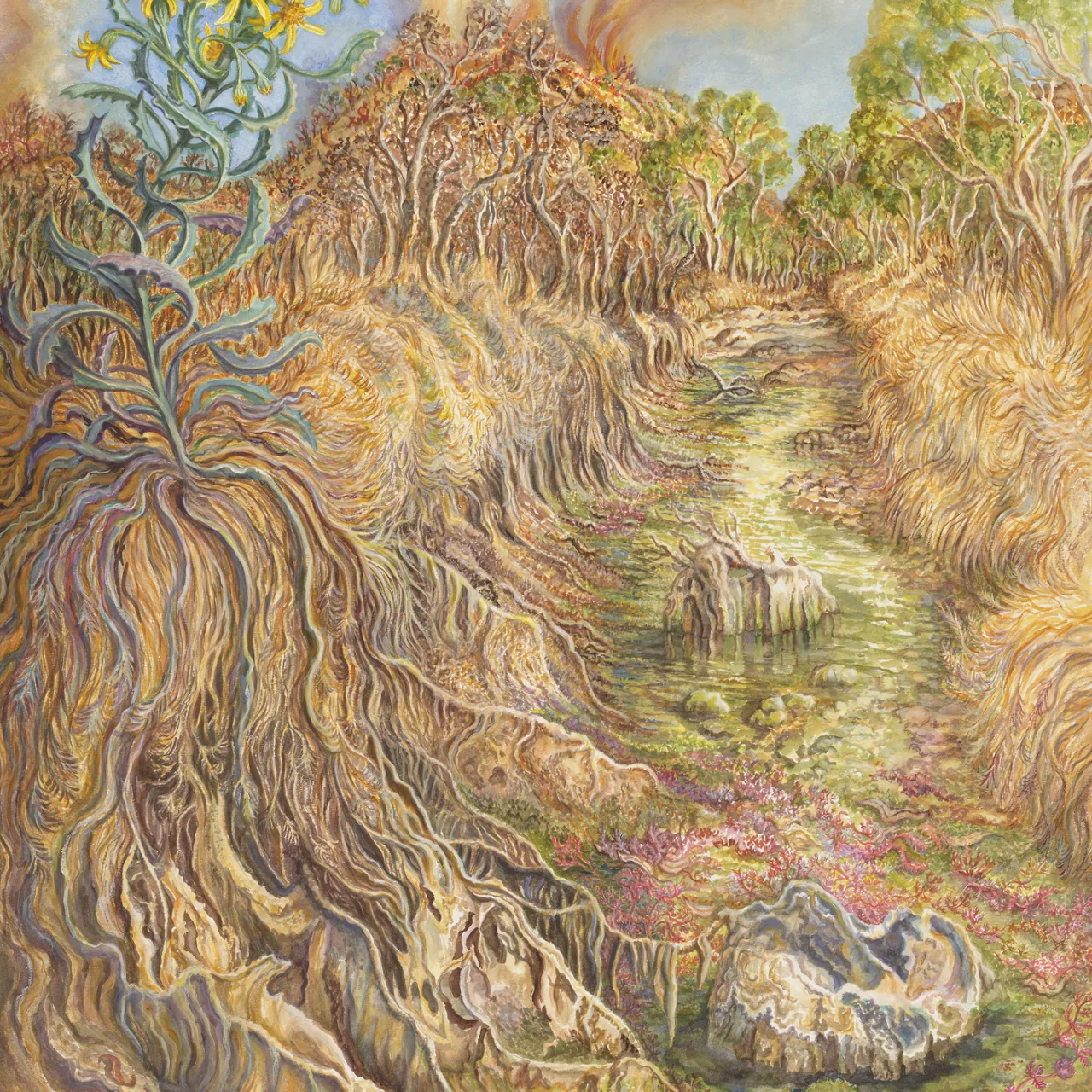
Section 30
-

Section 30
-
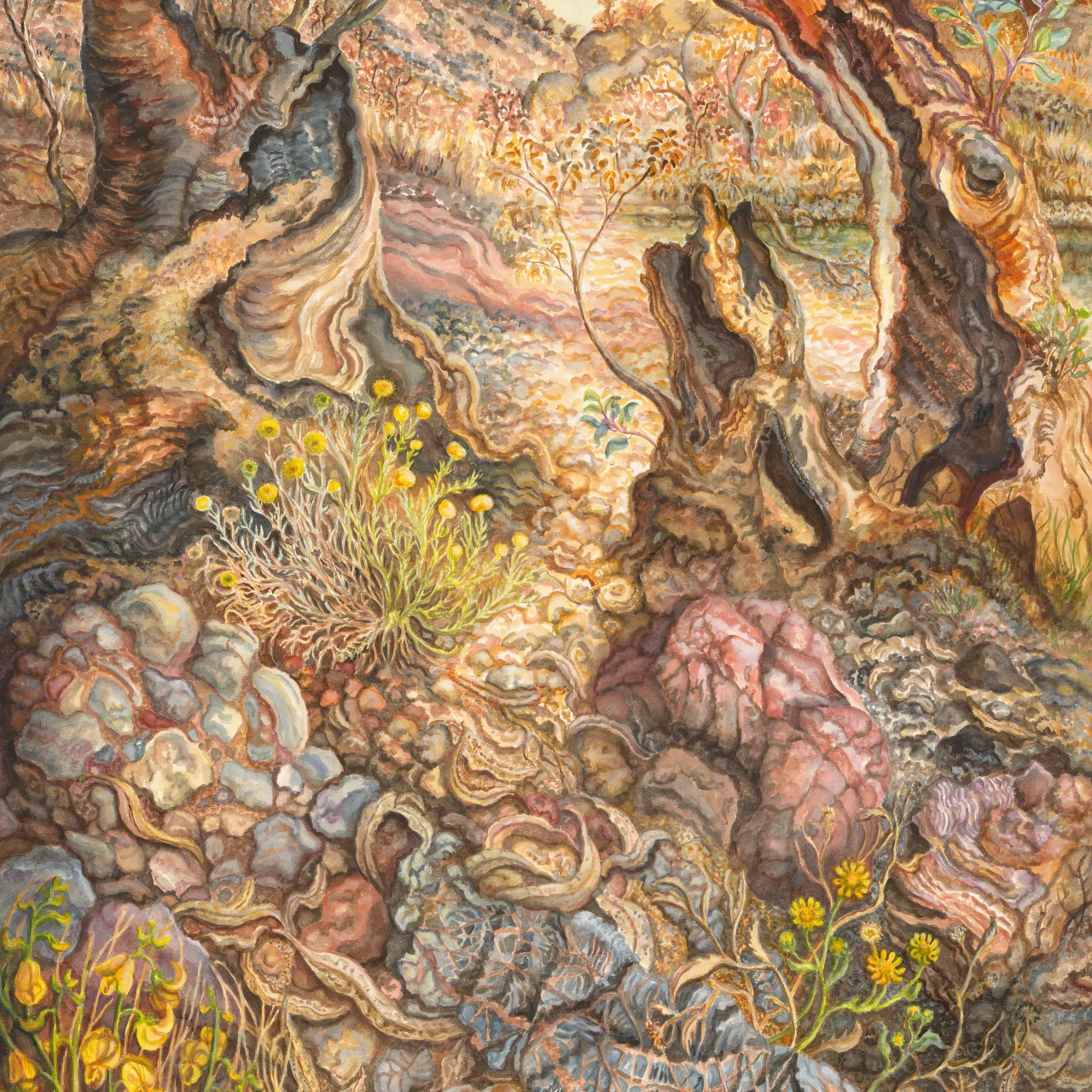
Section 30
-

Section 30
-
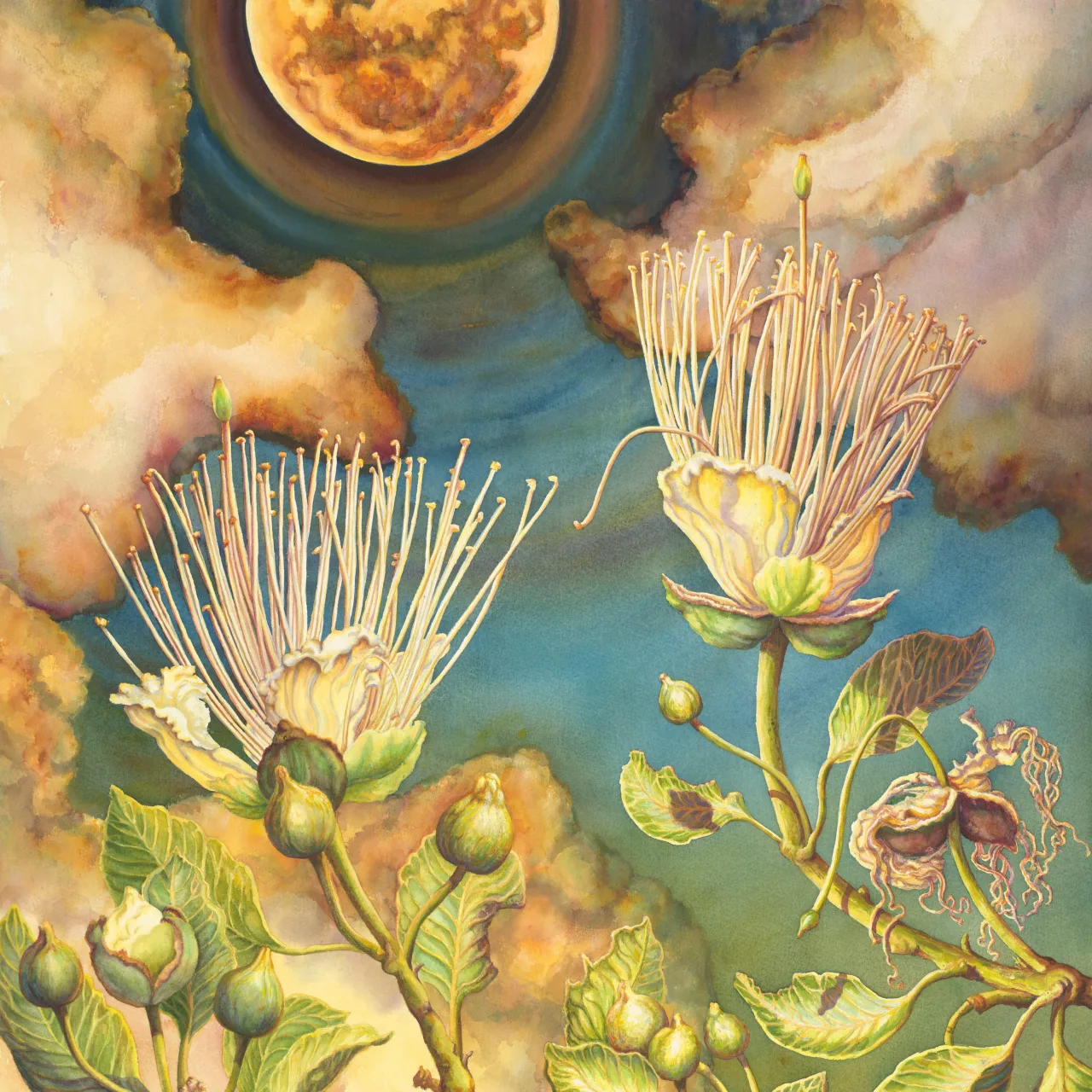
Section 31
-
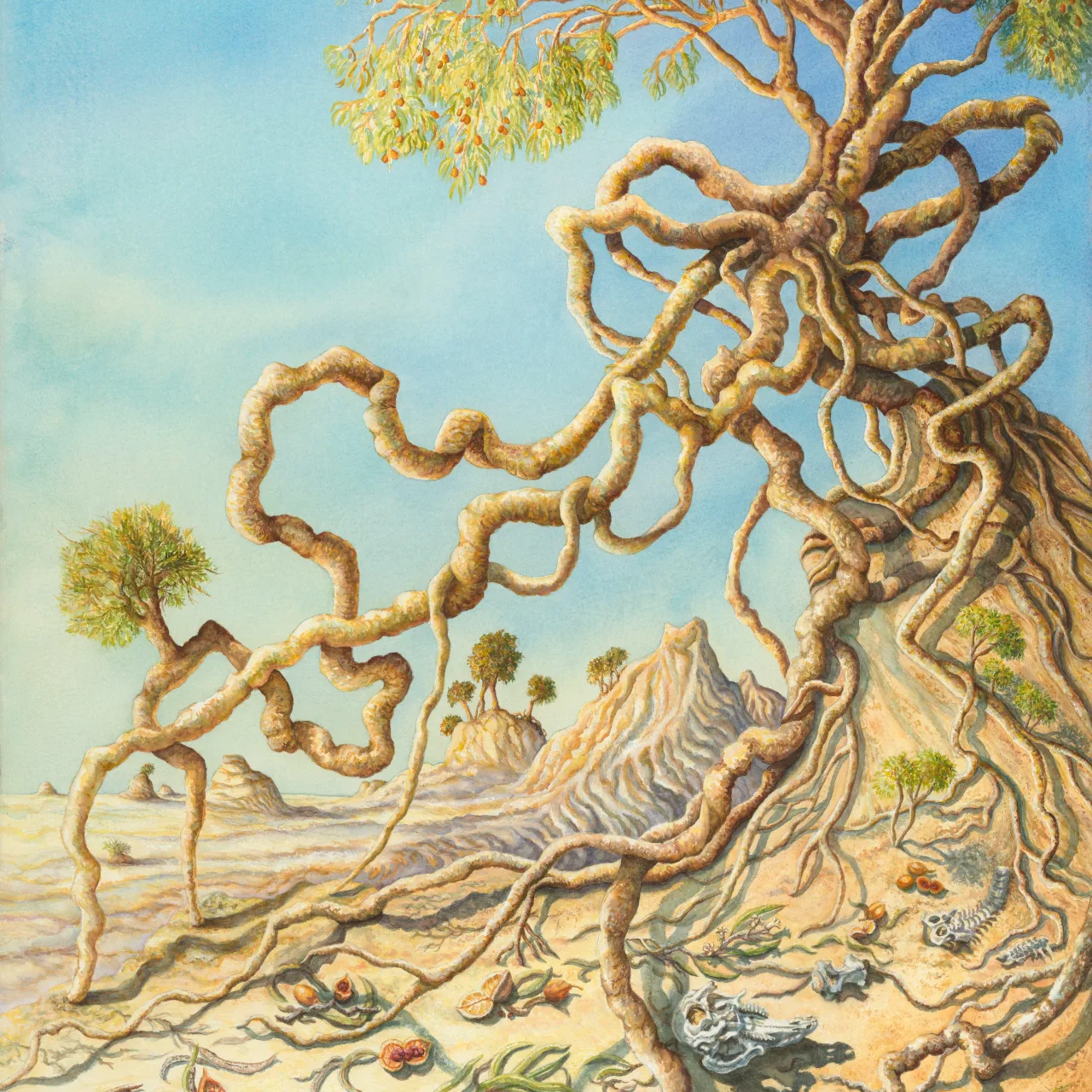
Section 31
-
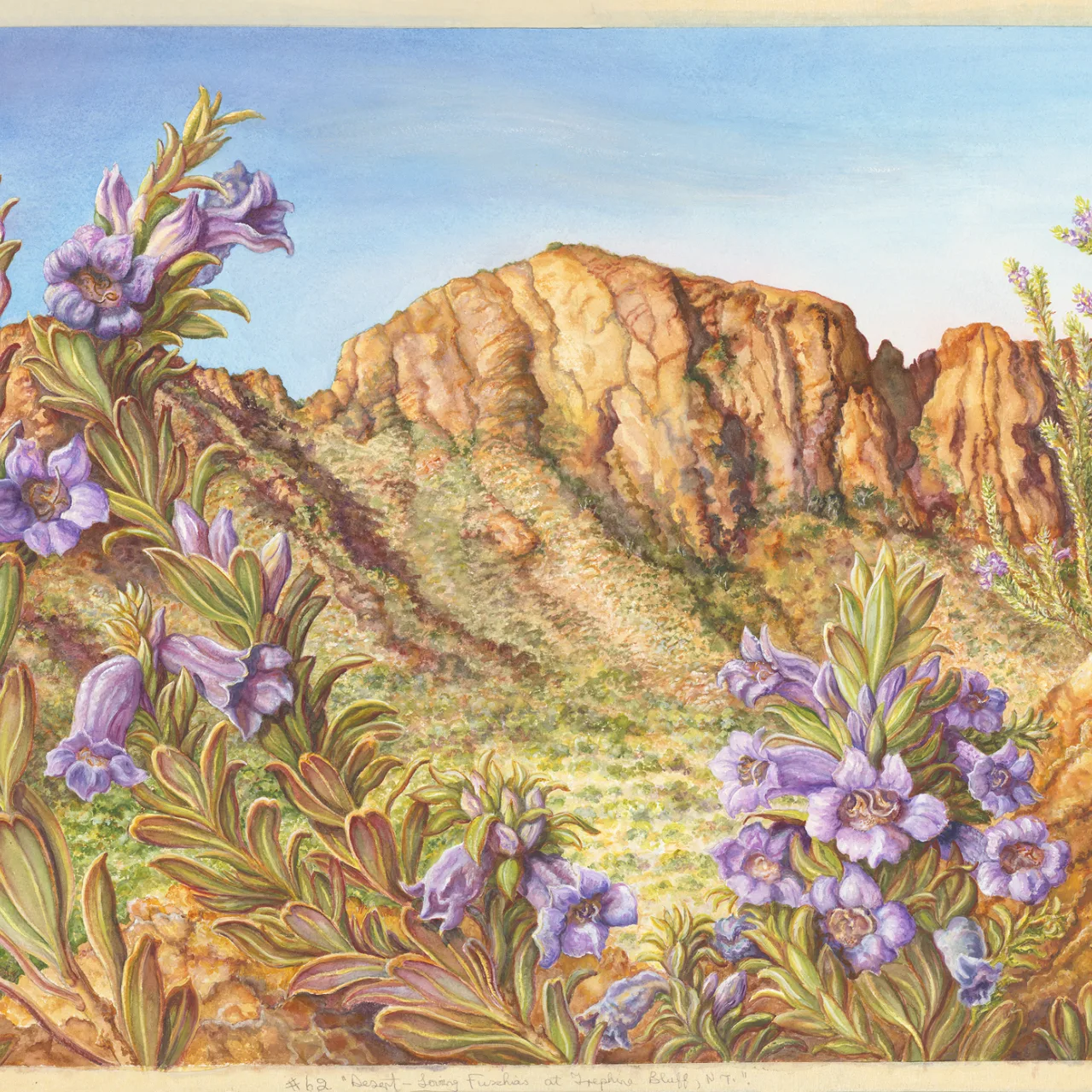
Section 31
-
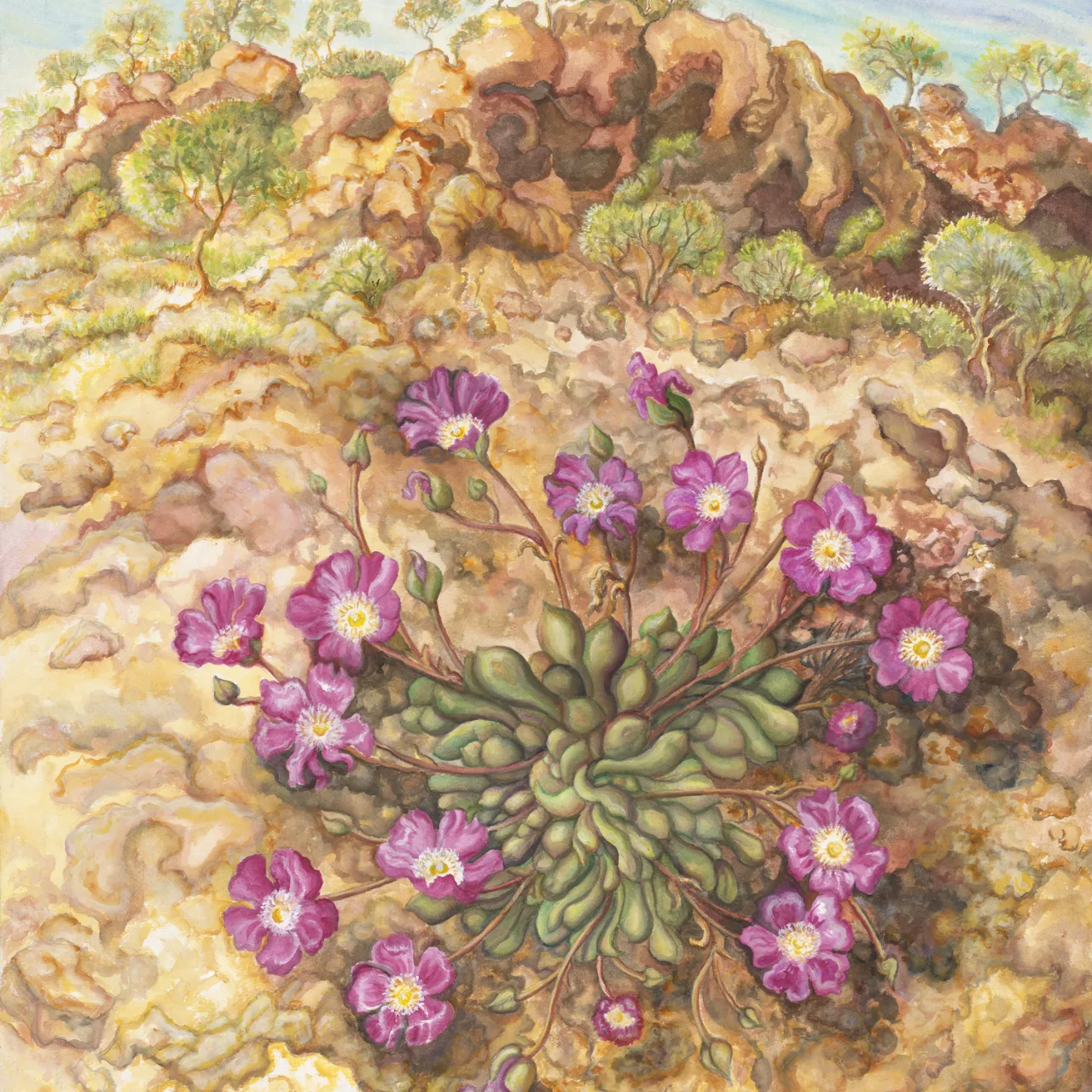
Section 31
-

Section 31
-

Section 31
-
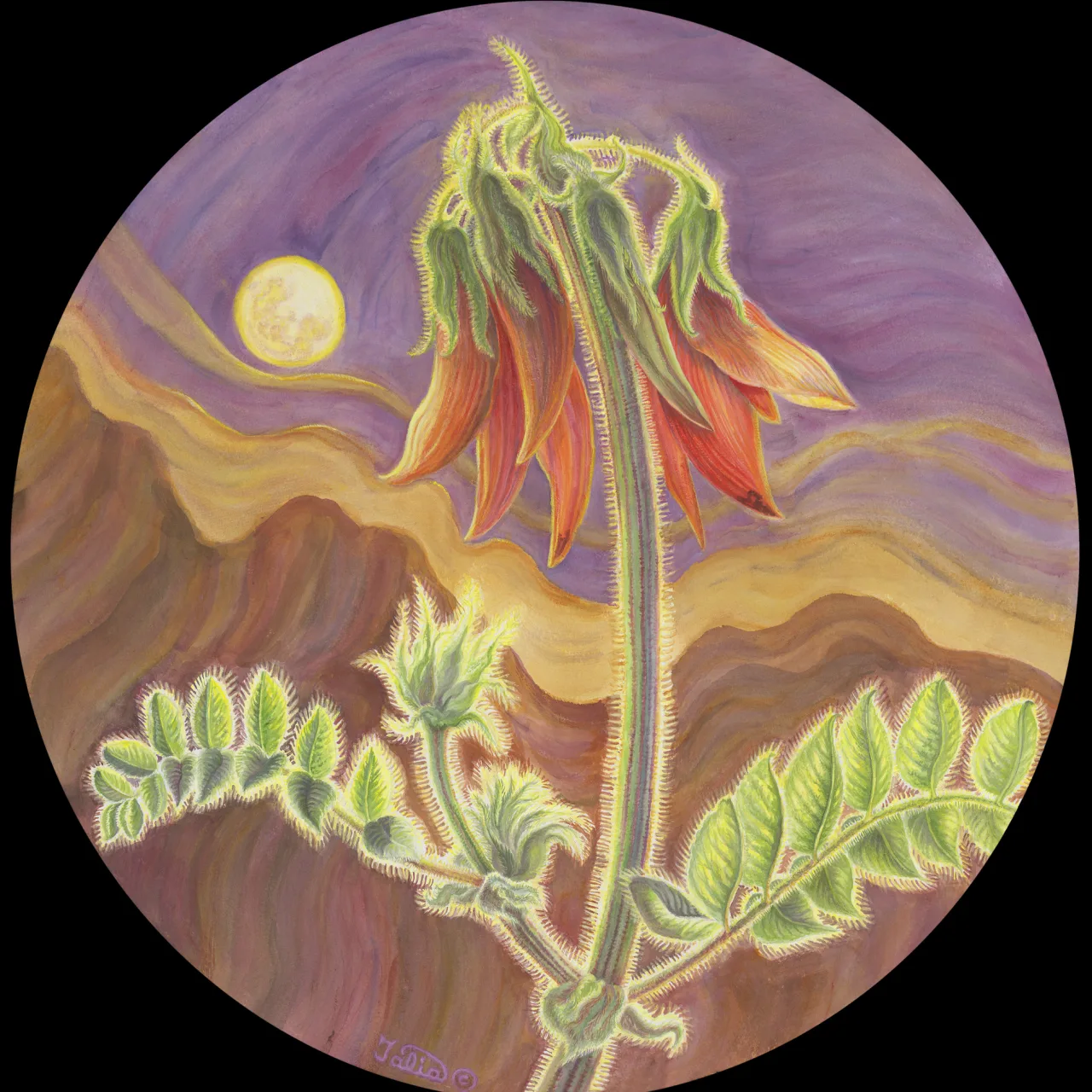
Section 31
-
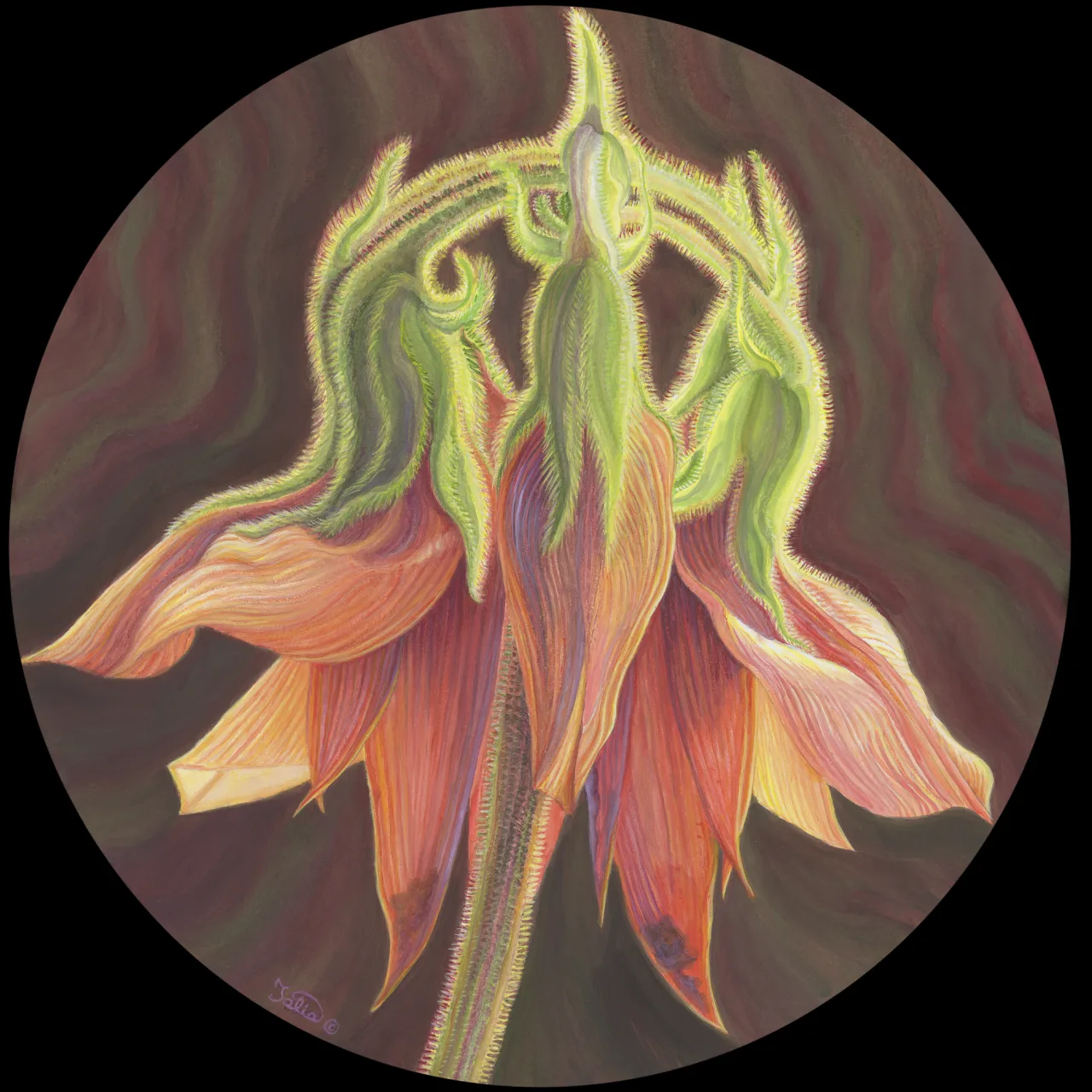
Section 31
-
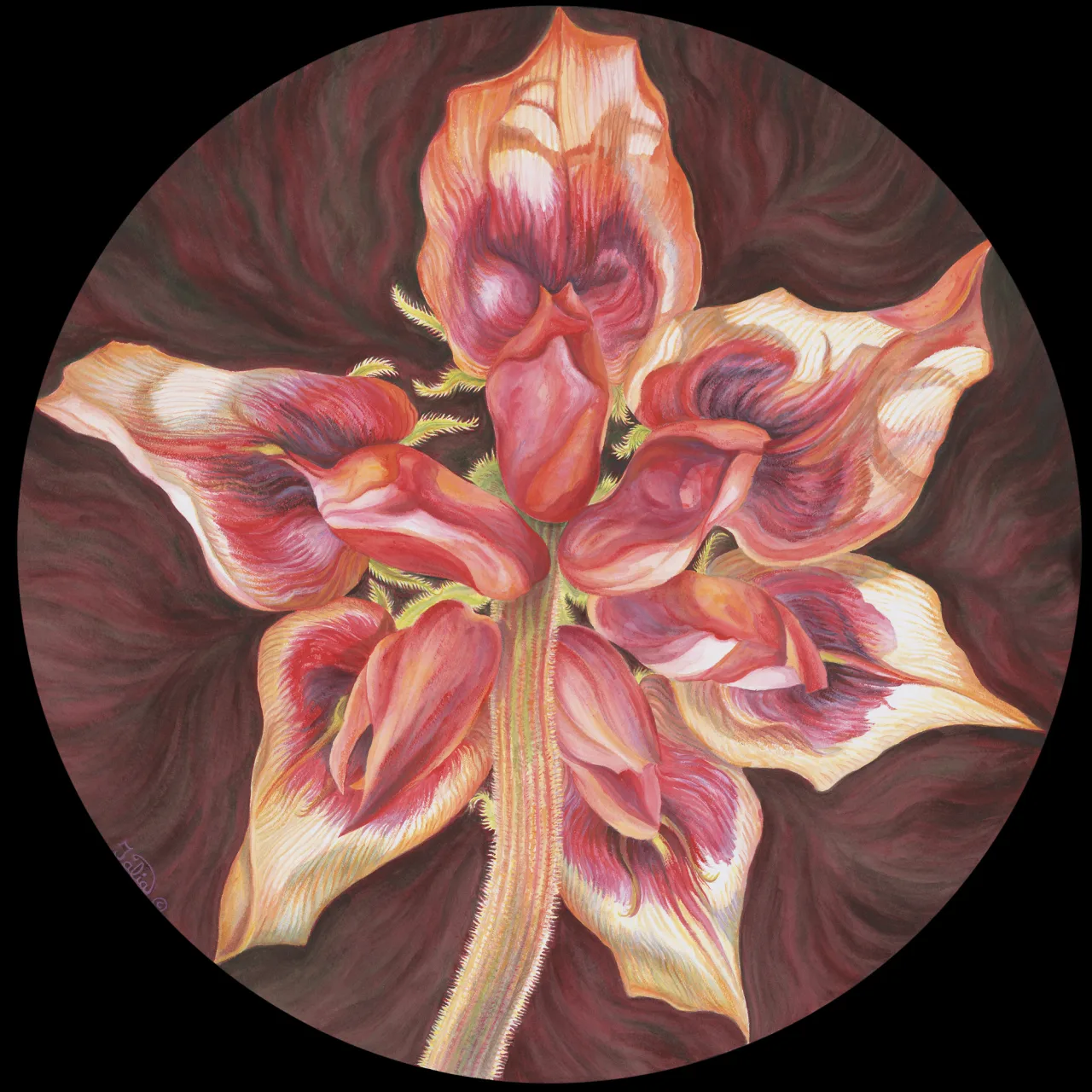
Section 31
-

Section 31
-
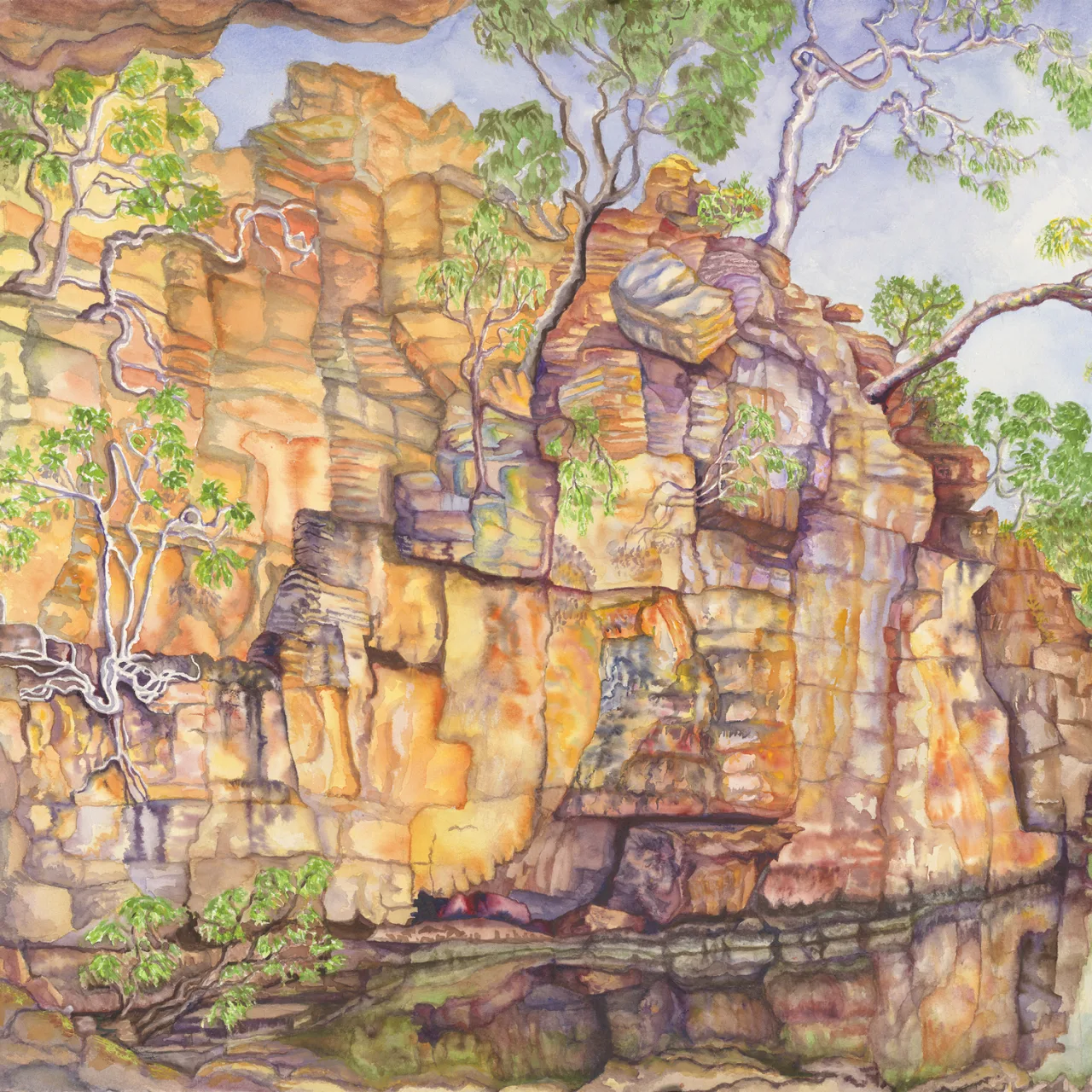
Section 32
-
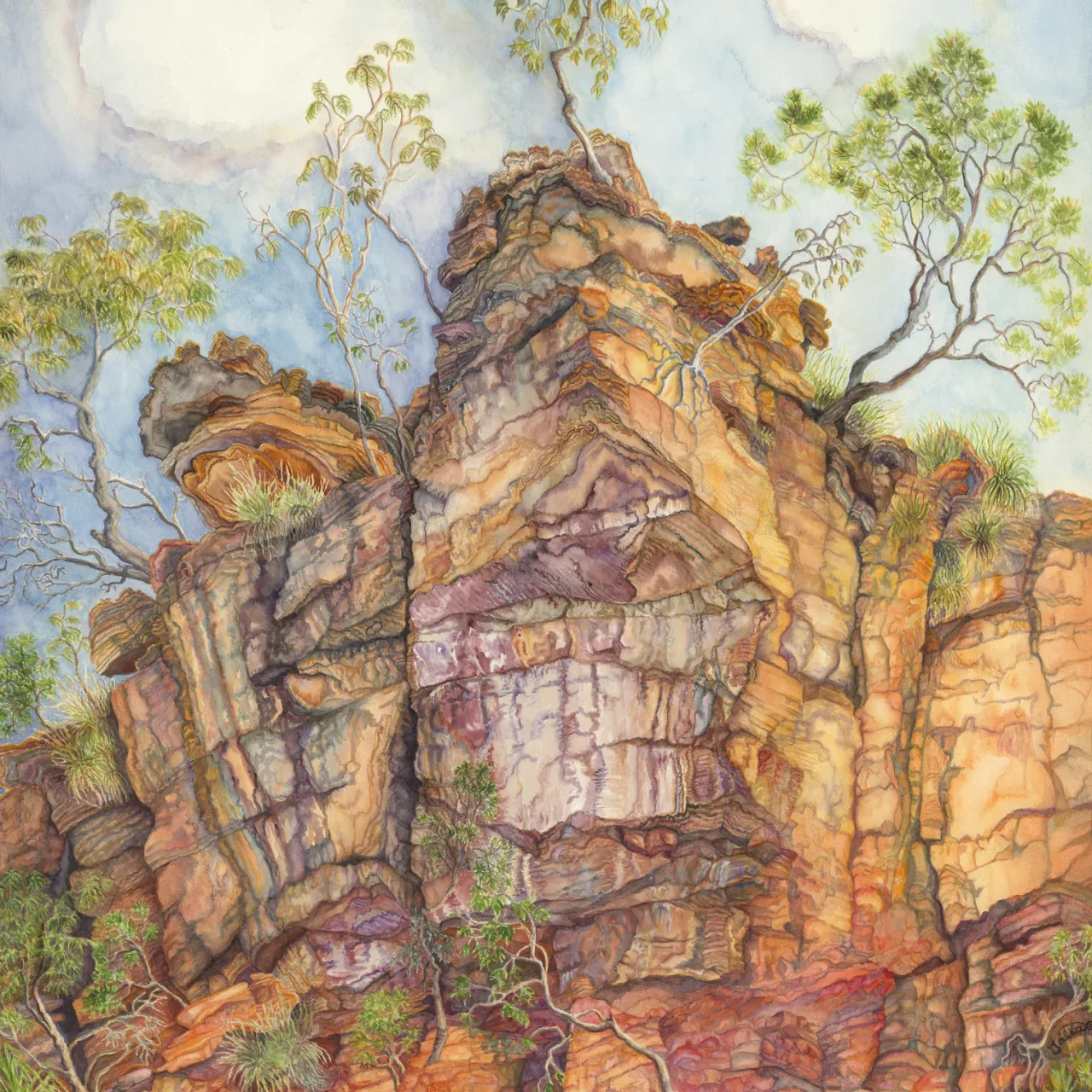
Section 32
-
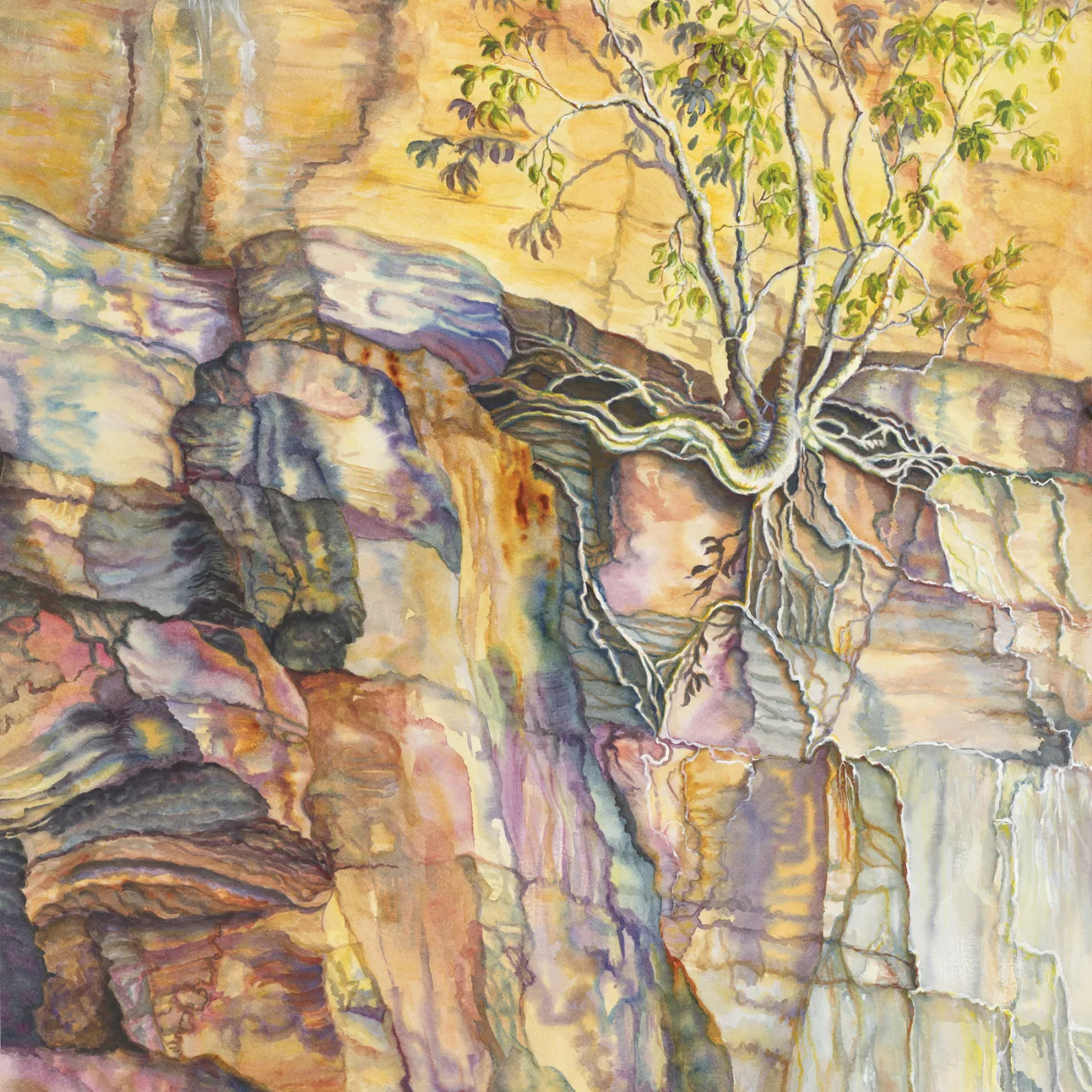
Section 32
-
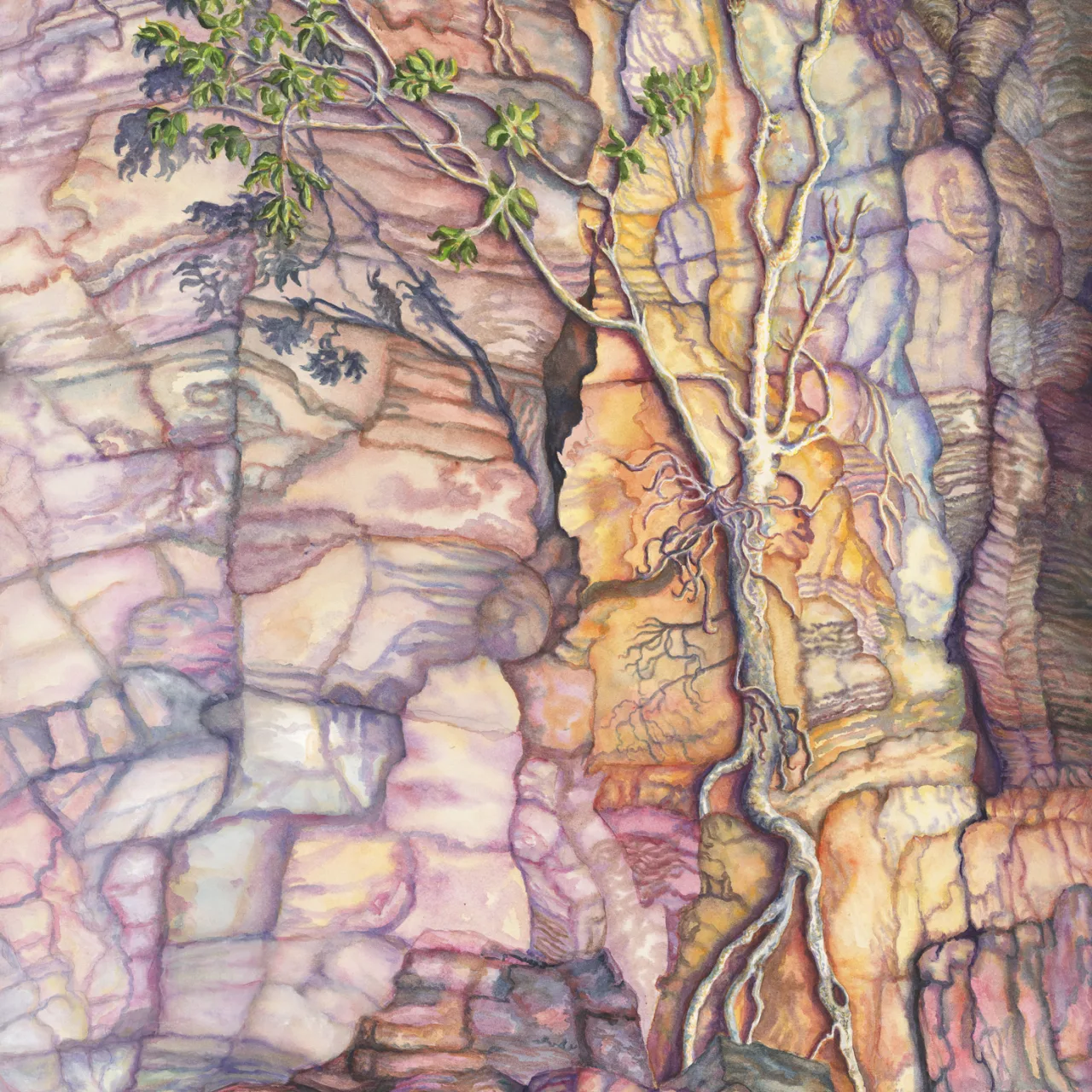
Section 32
-
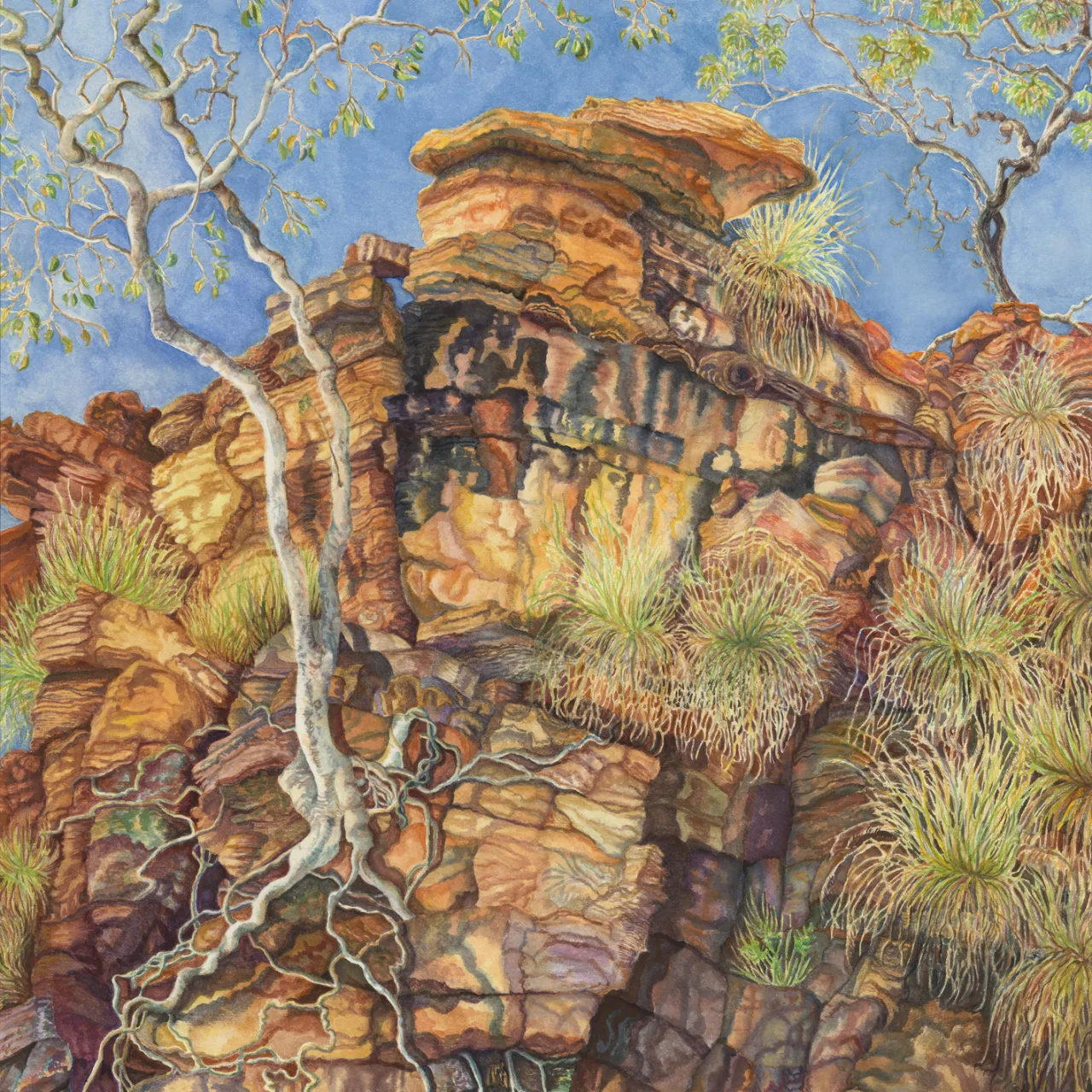
Section 32
-
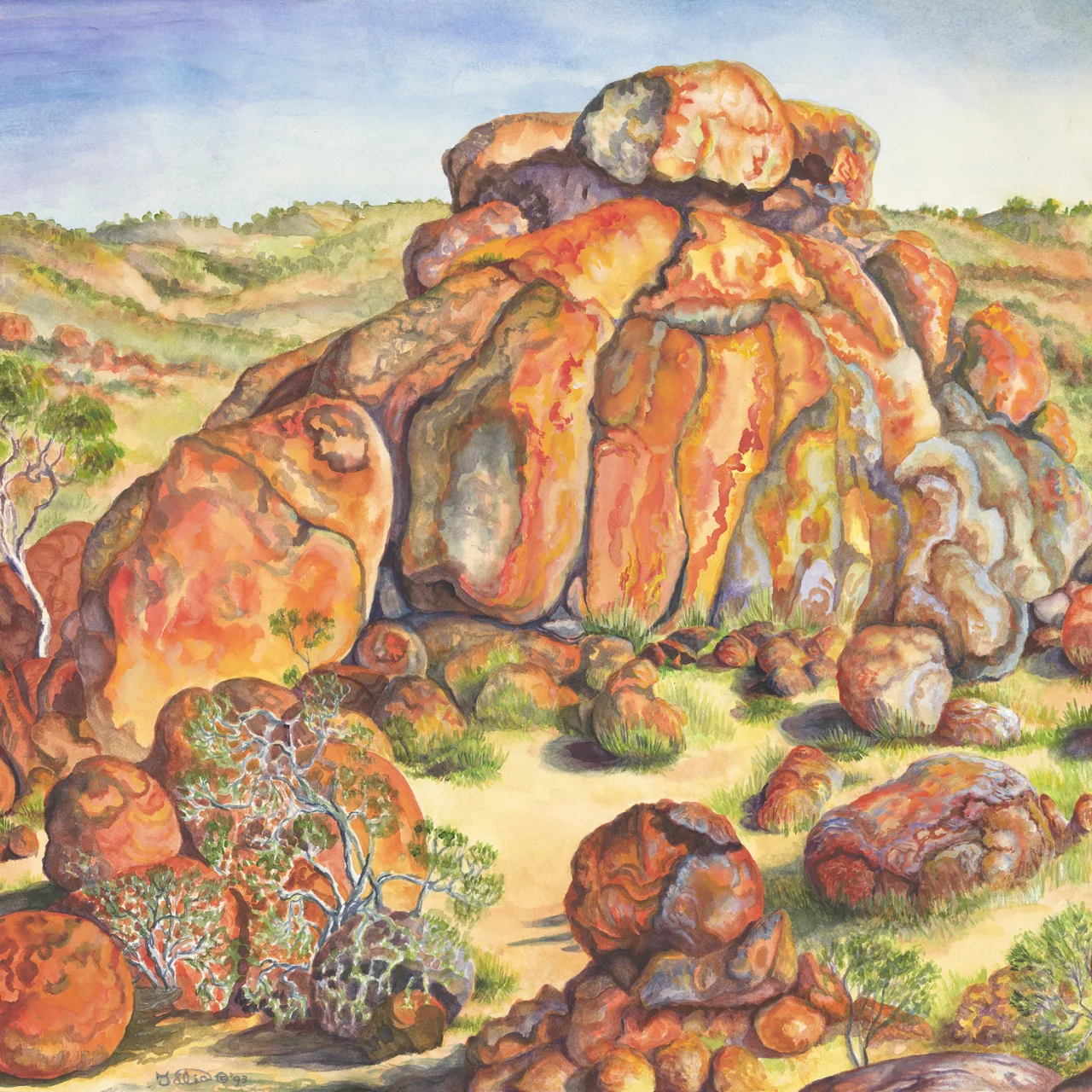
Section 32
-
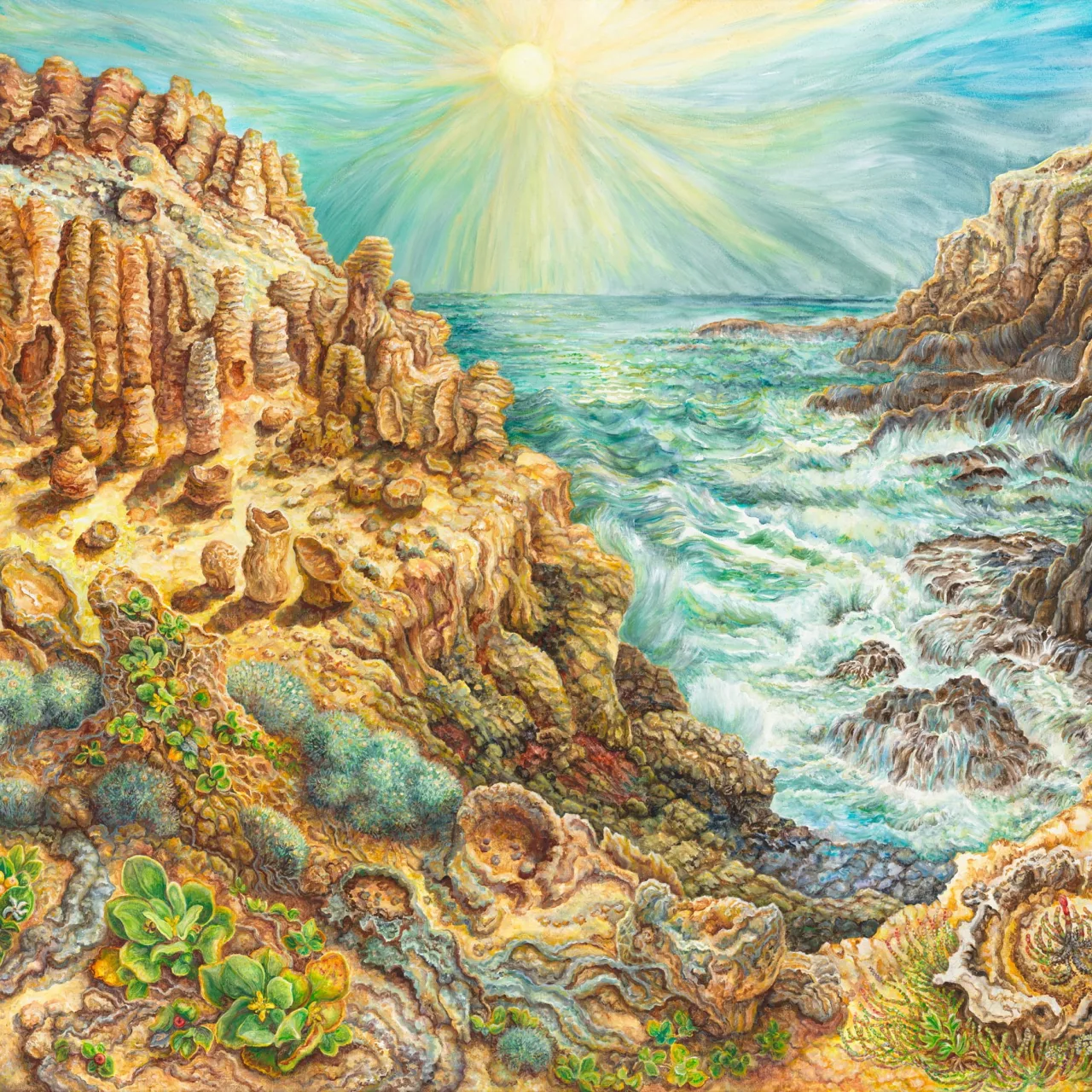
Section 33
-
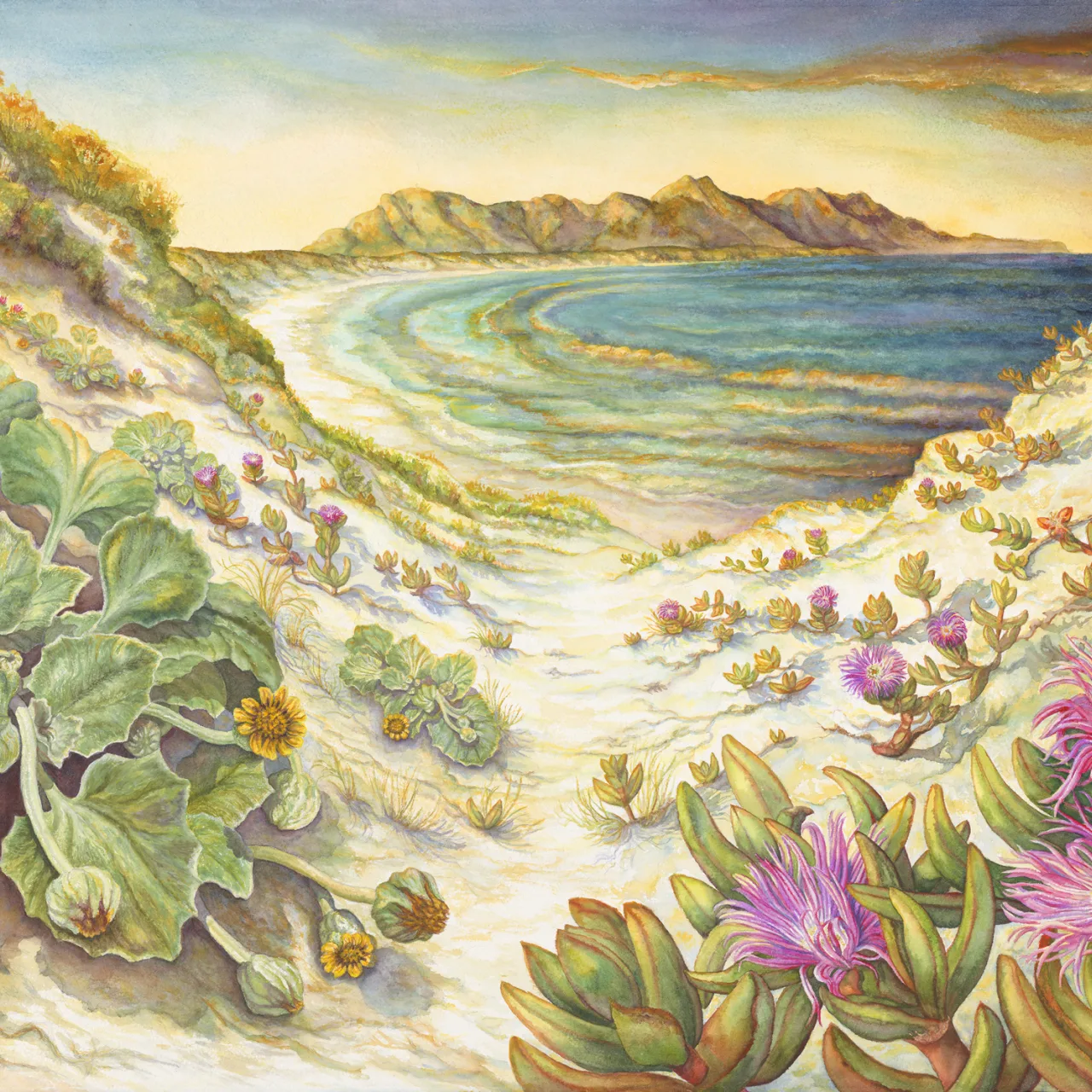
Section 33
01 Stromatolites
Some 3.5 billion years ago the chlorophyll molecule first appeared in minute organisms called cyanobacteria, enabling them to capture light energy from the Sun. Eventually, enough free oxygen was released into the atmosphere for life to become possible for land plants and animals—and ourselves. We have these tiny oxygen-producers to thank for much of the life that exists on the Earth today. The works in this section feature both fossil and living domes (stromatolites) created by these cyanobacteria.
Read more

